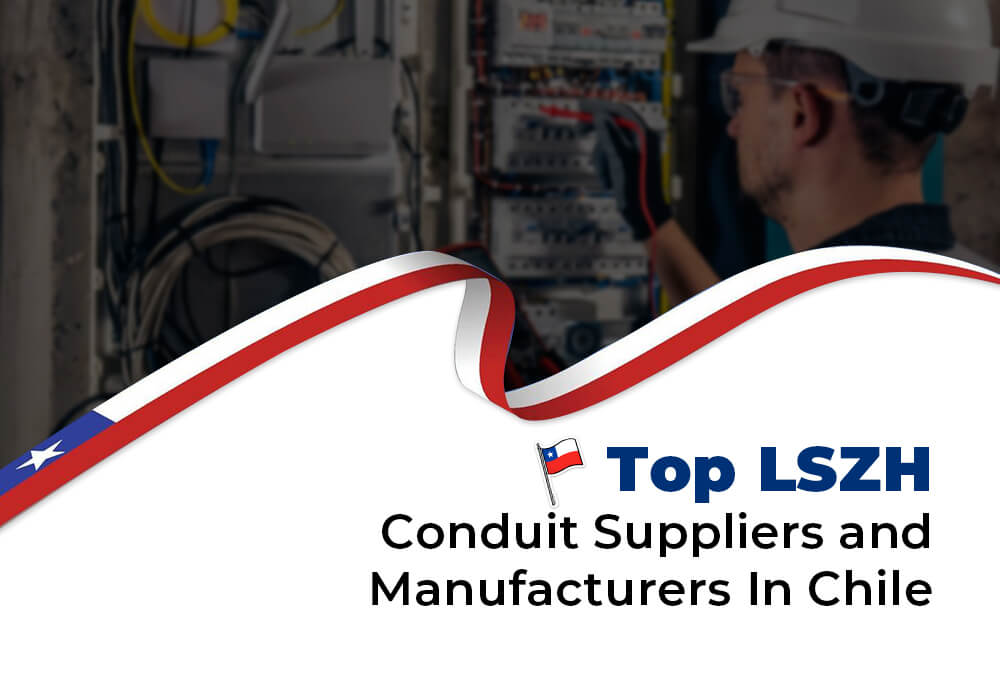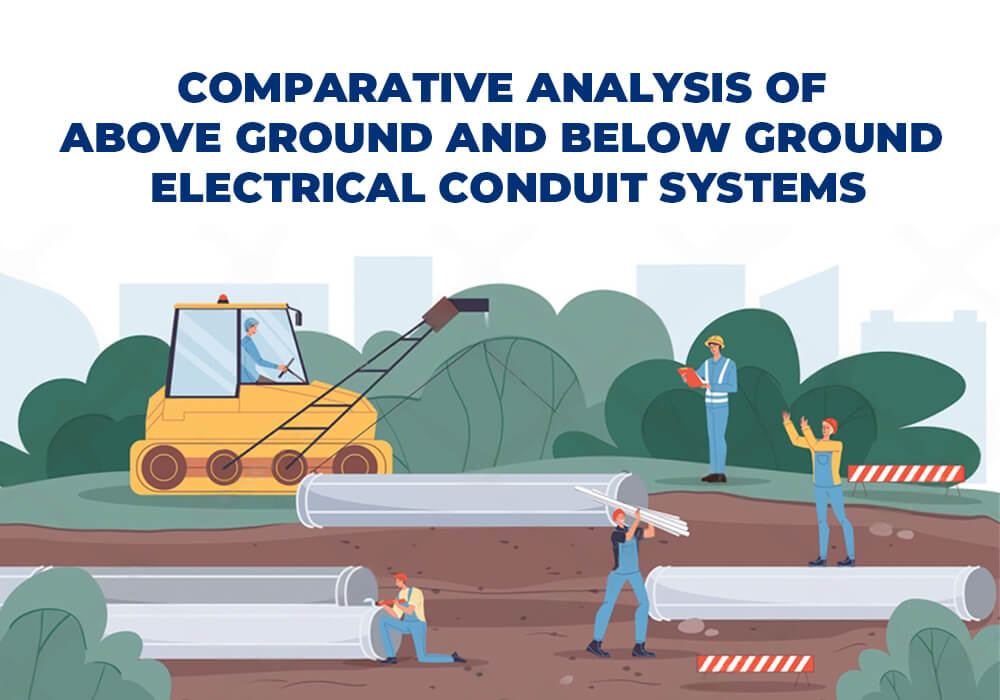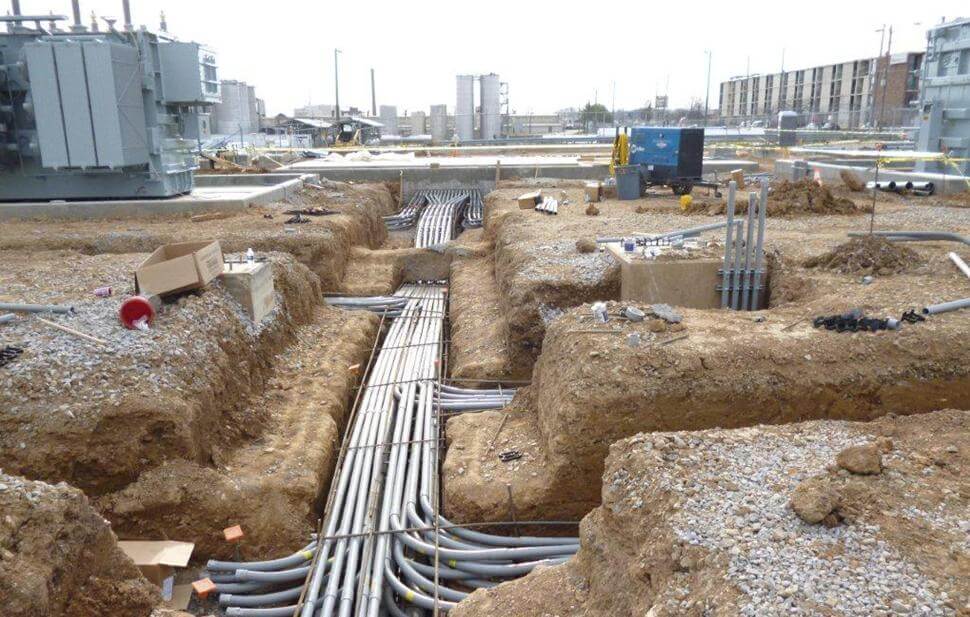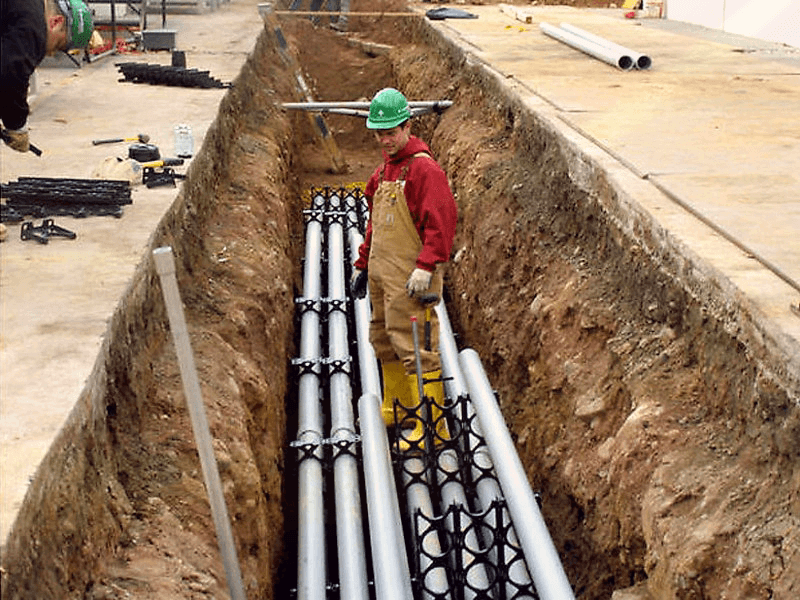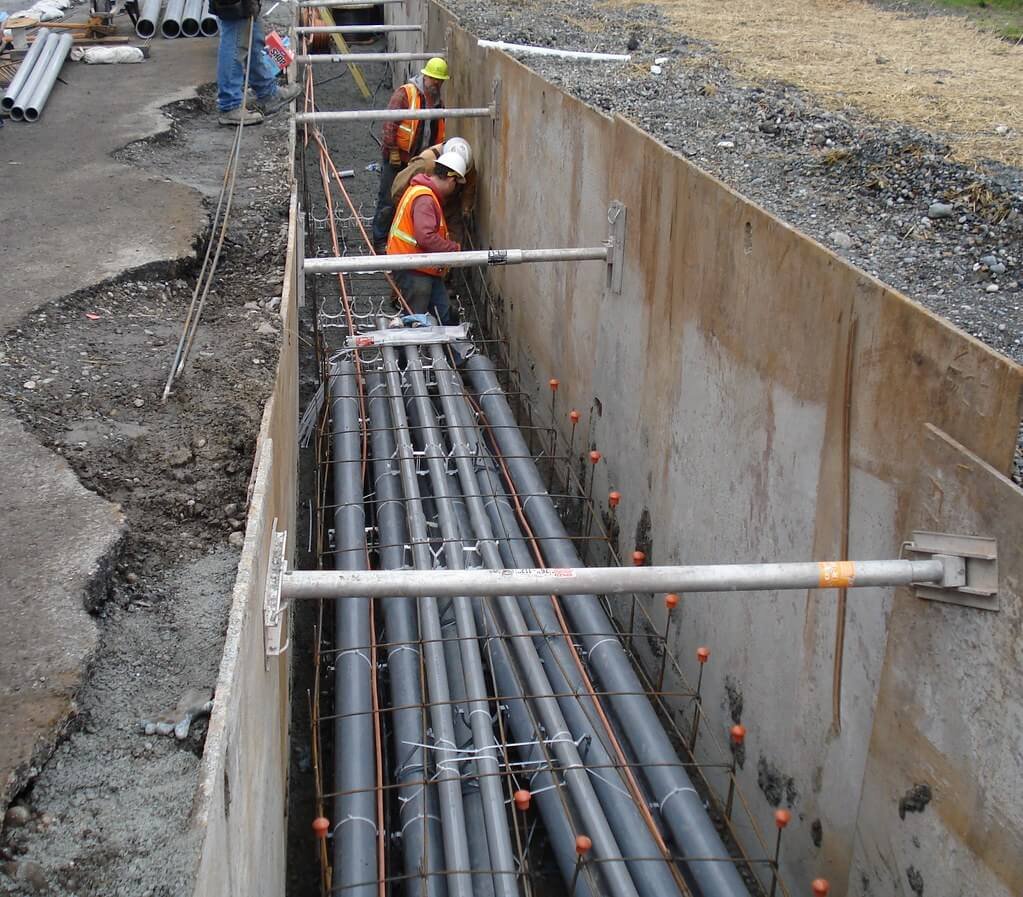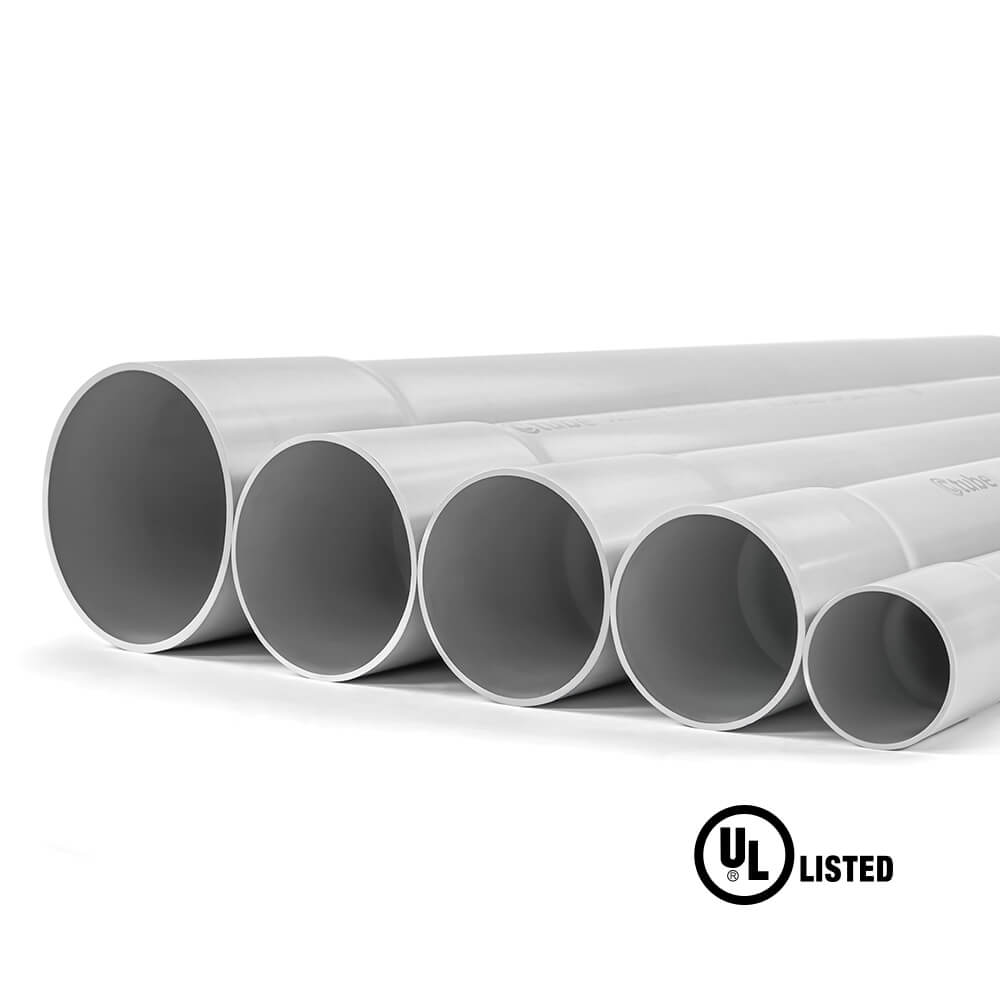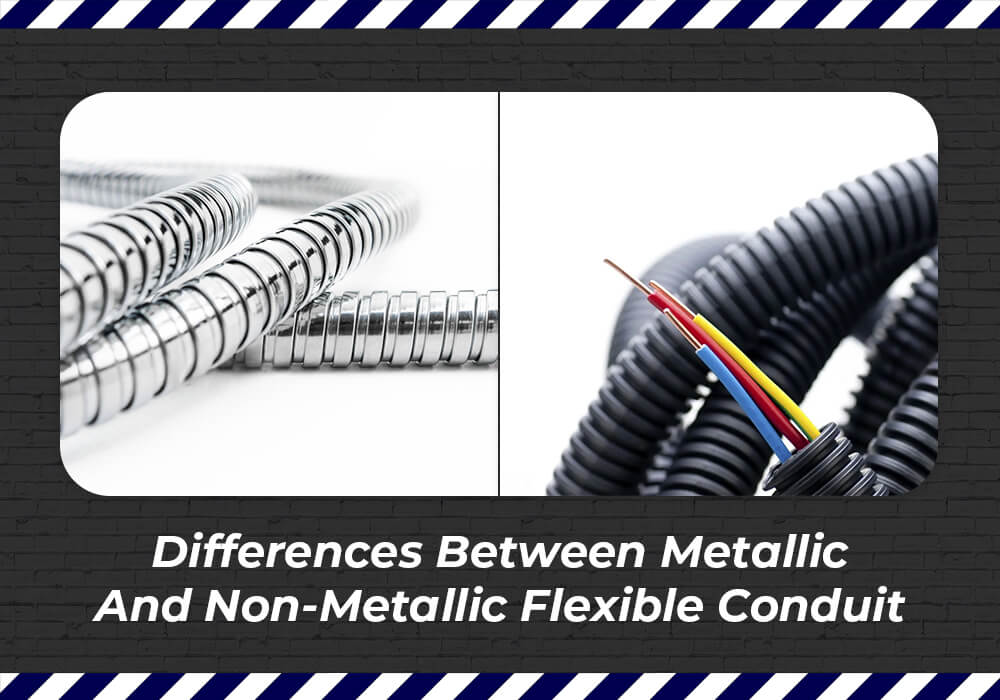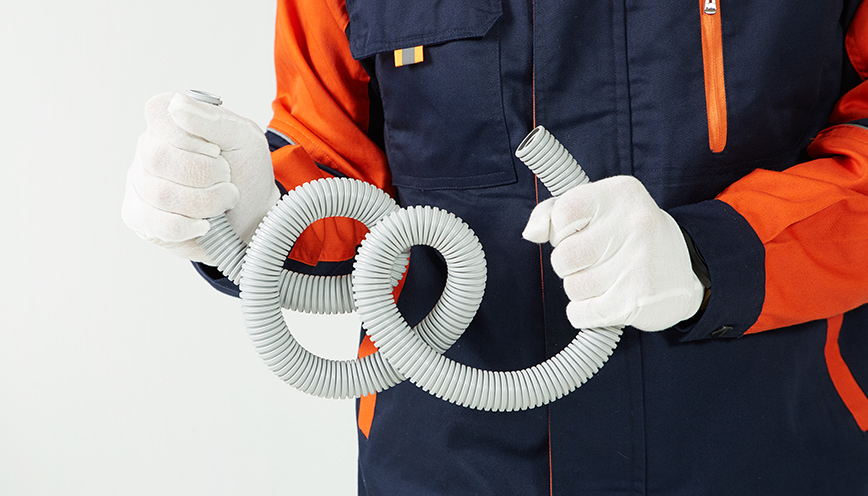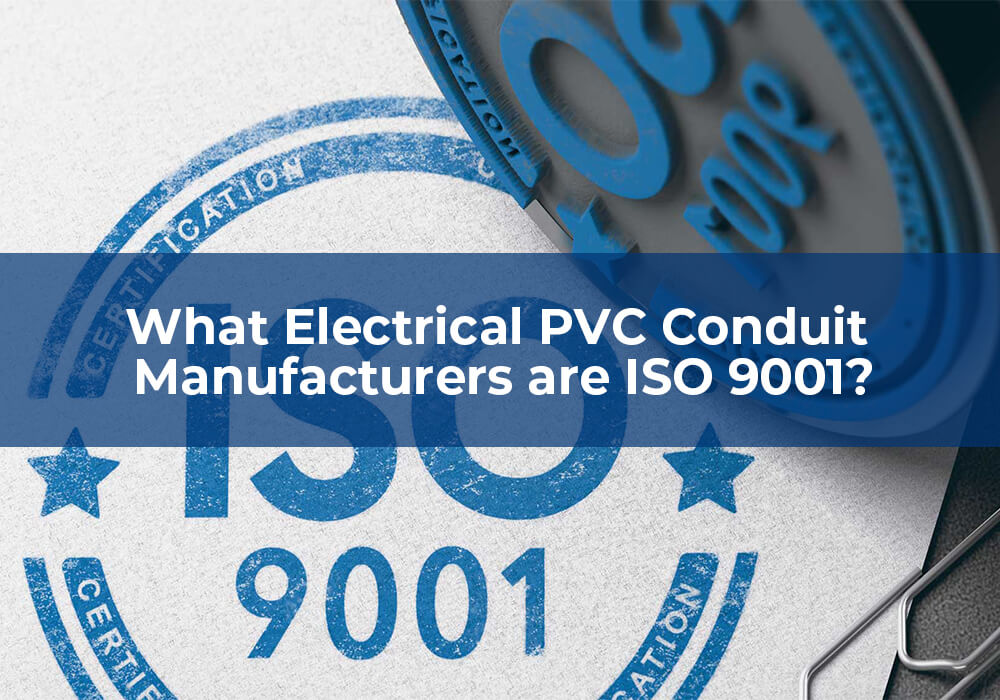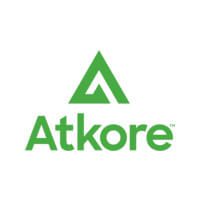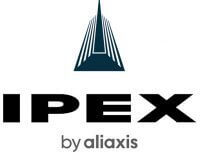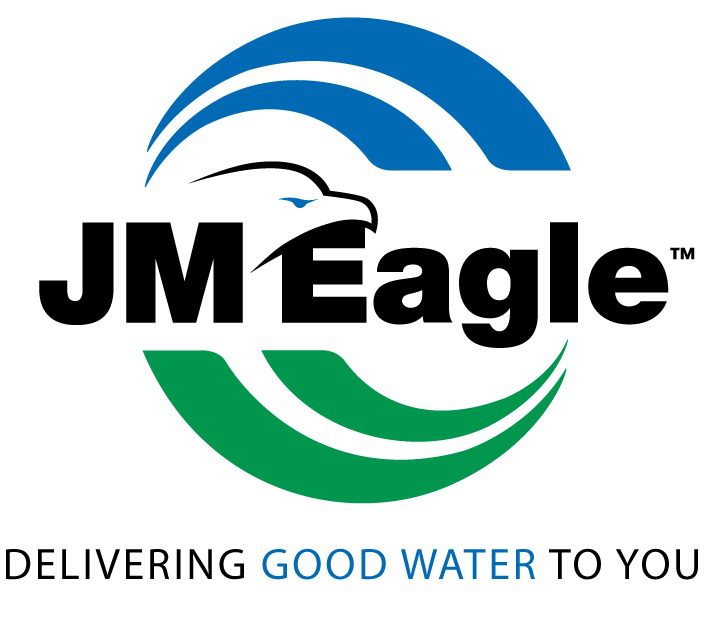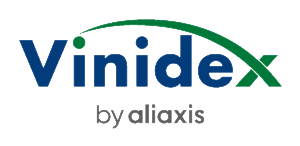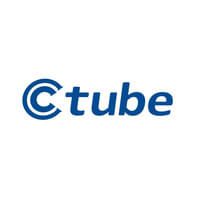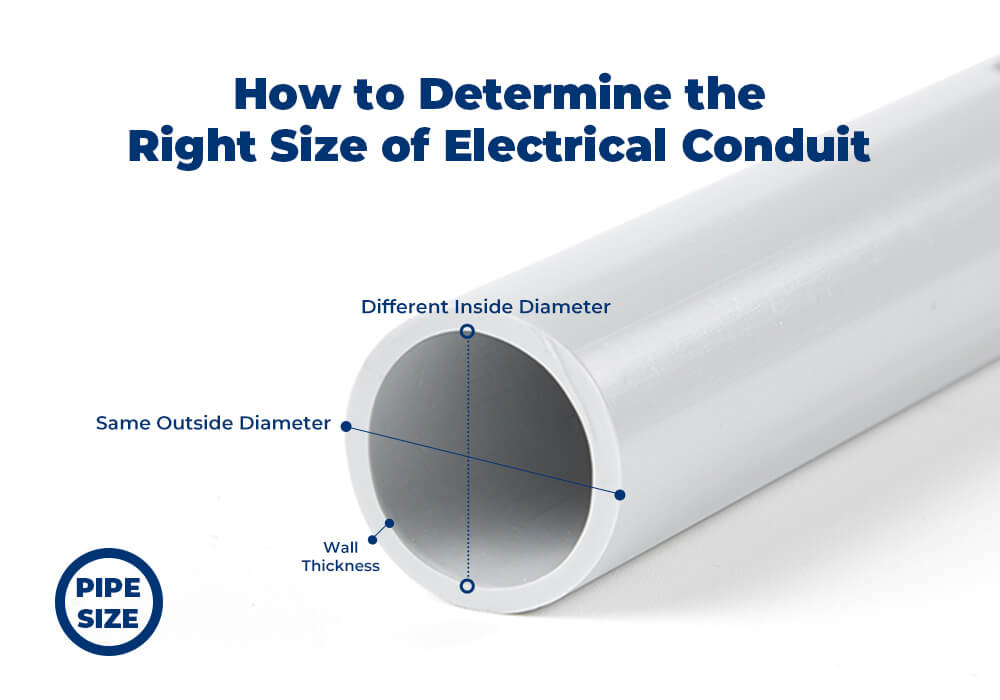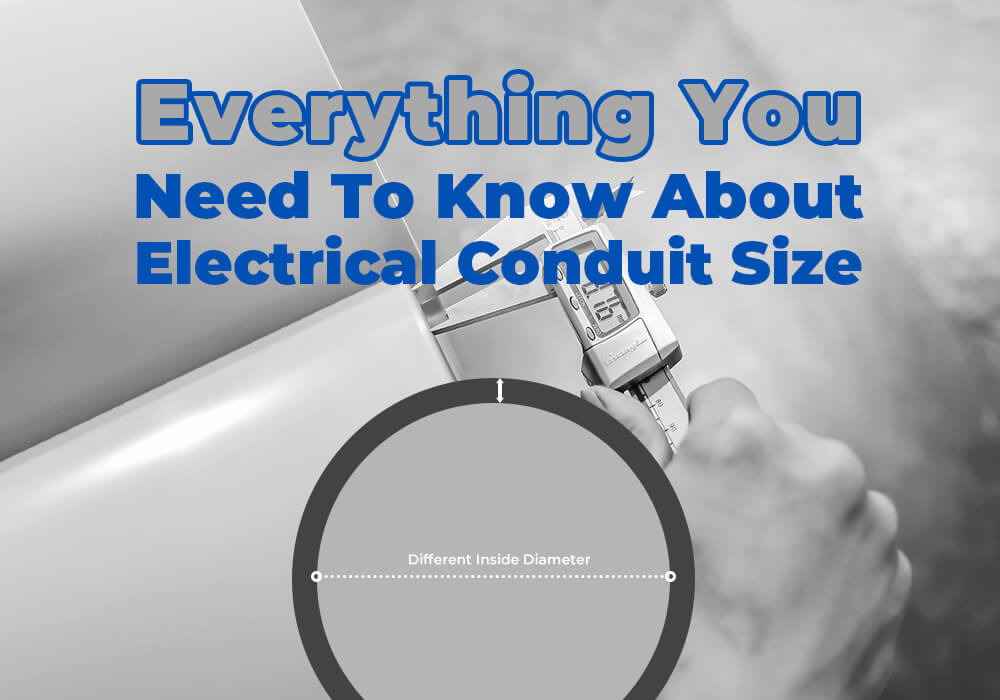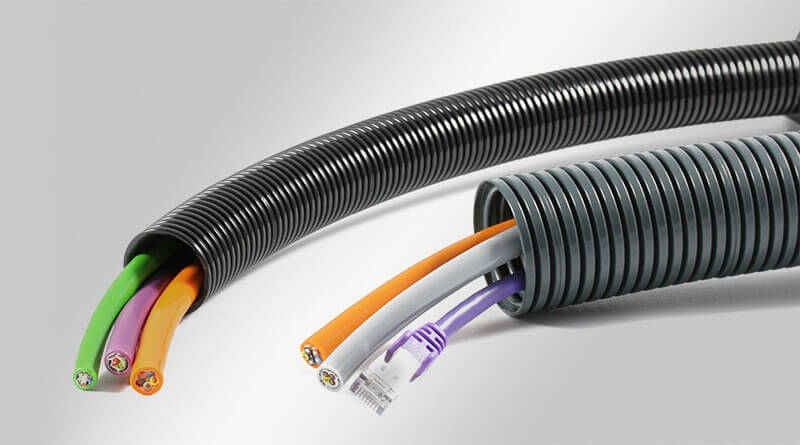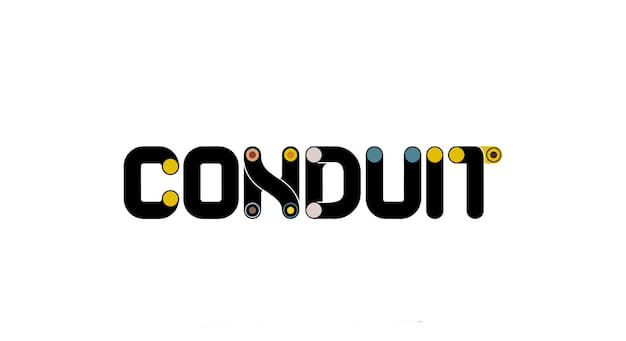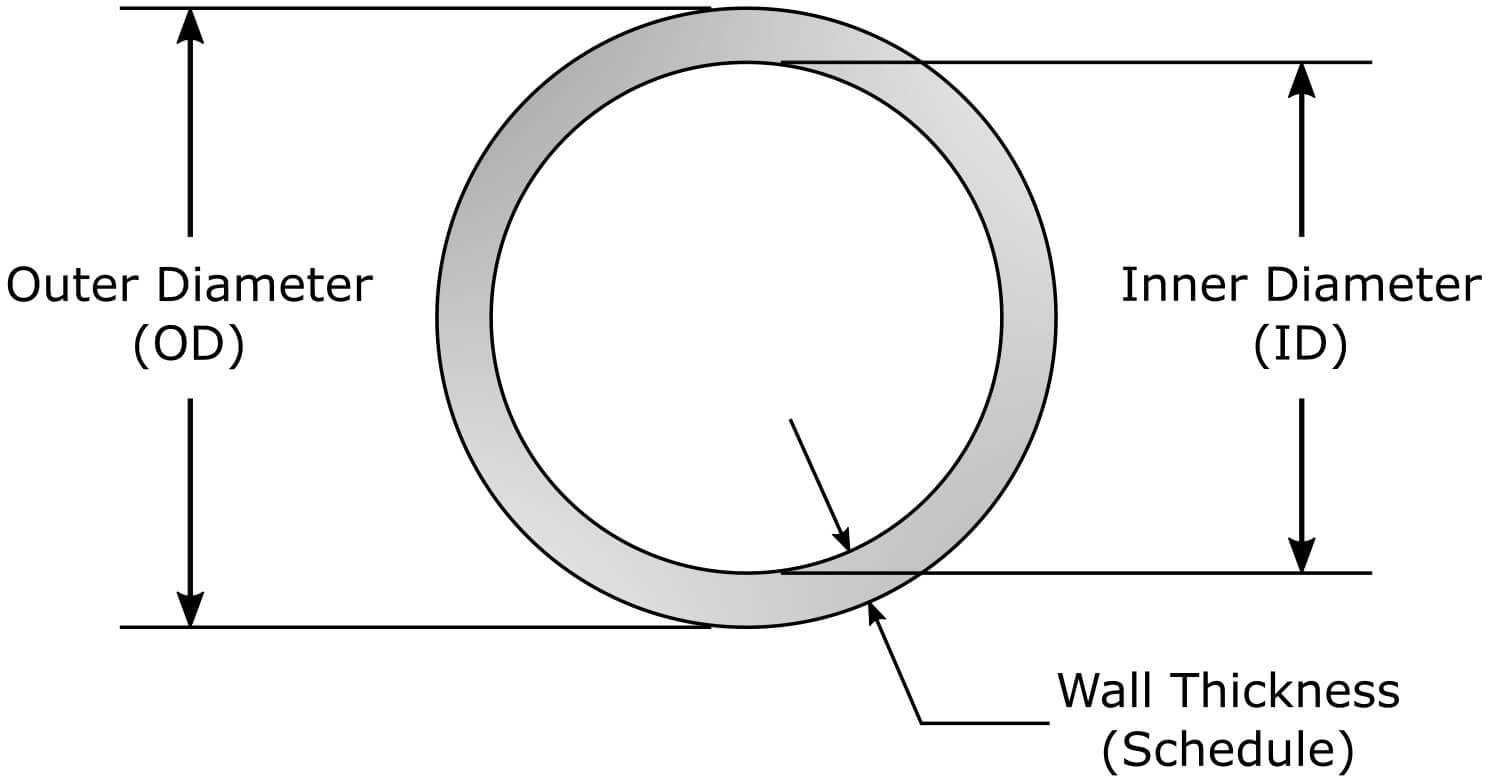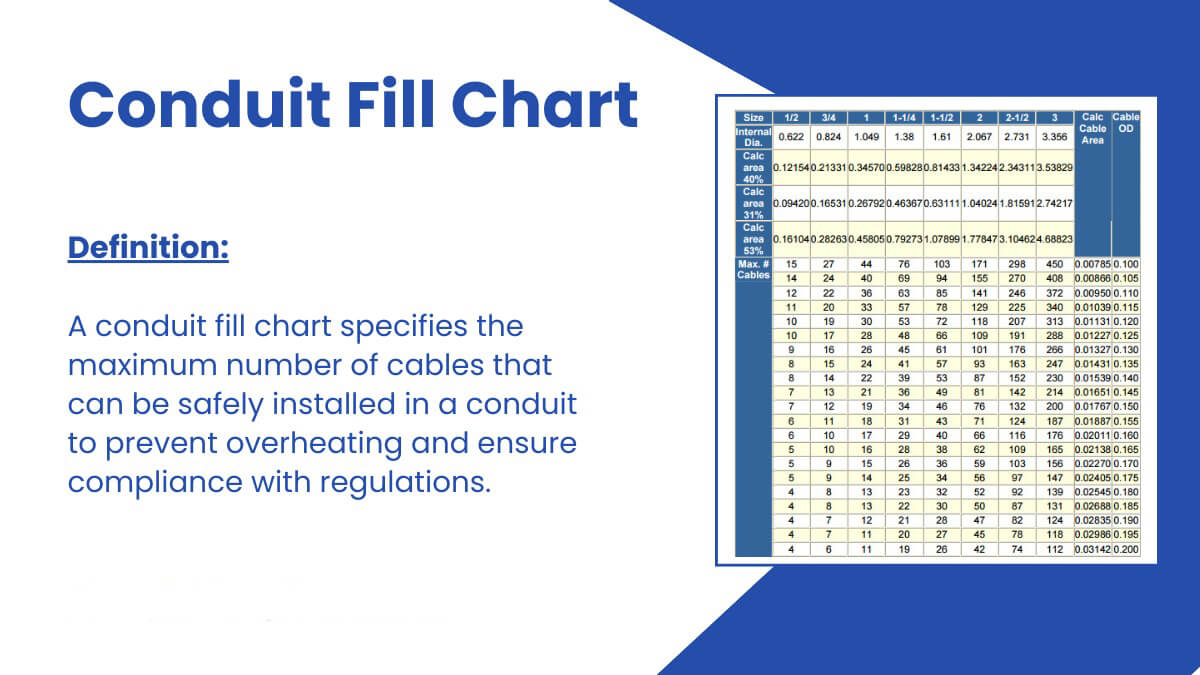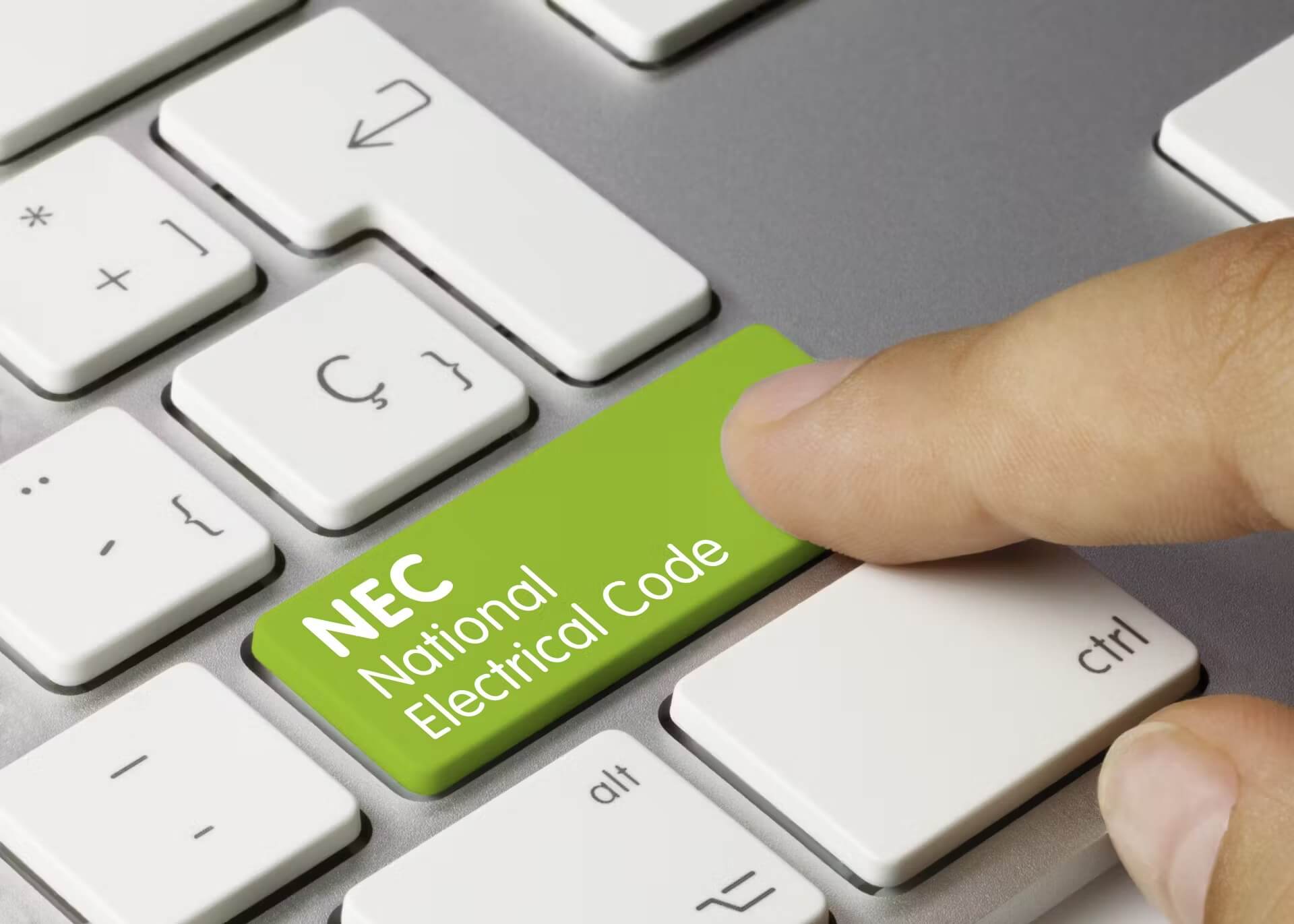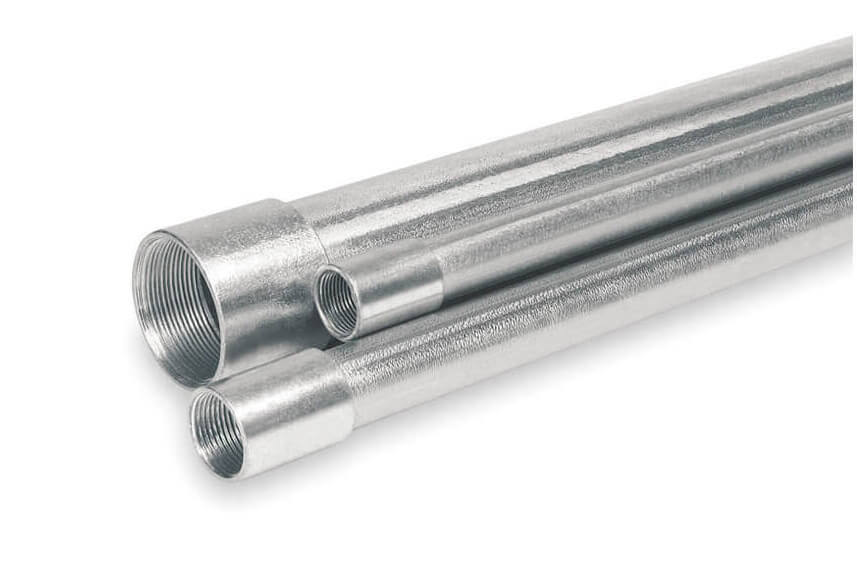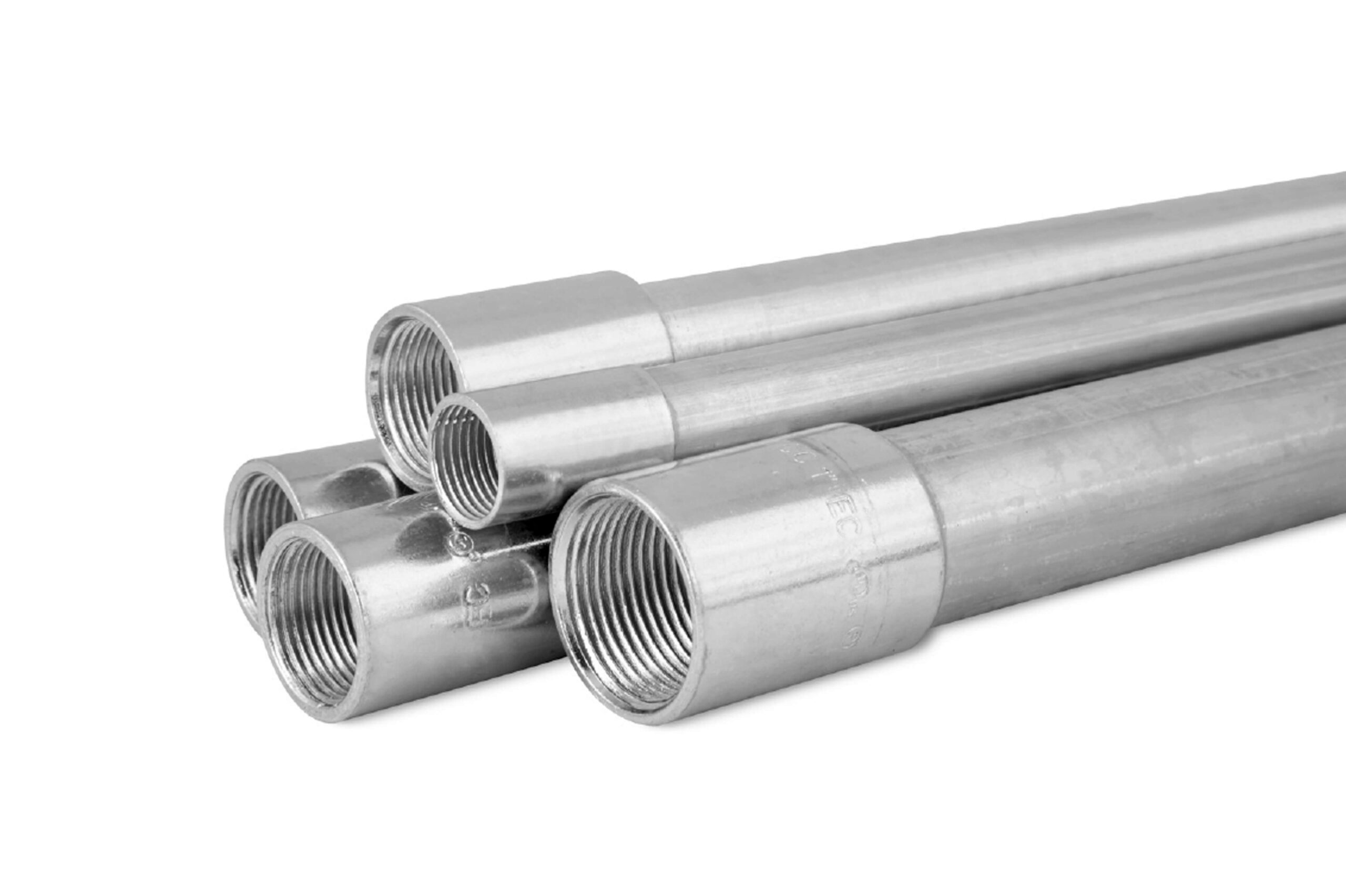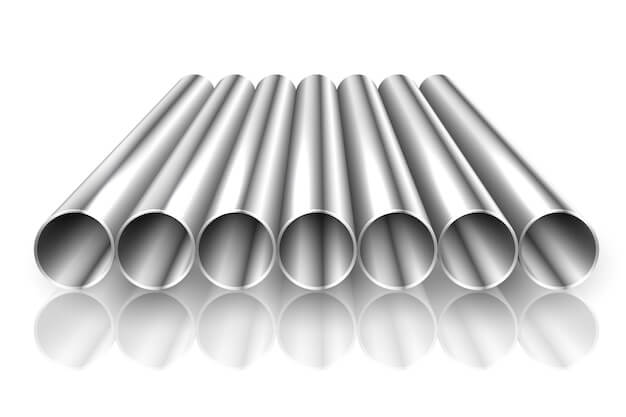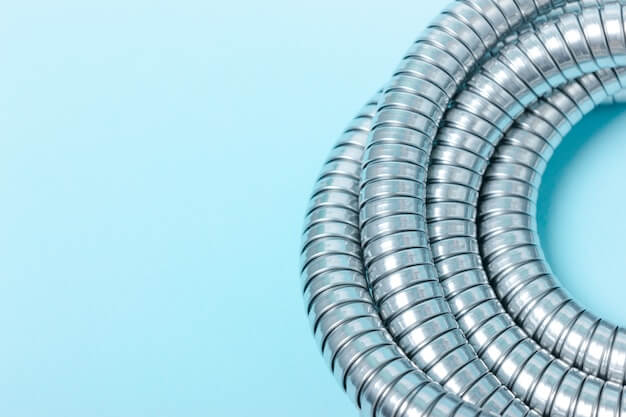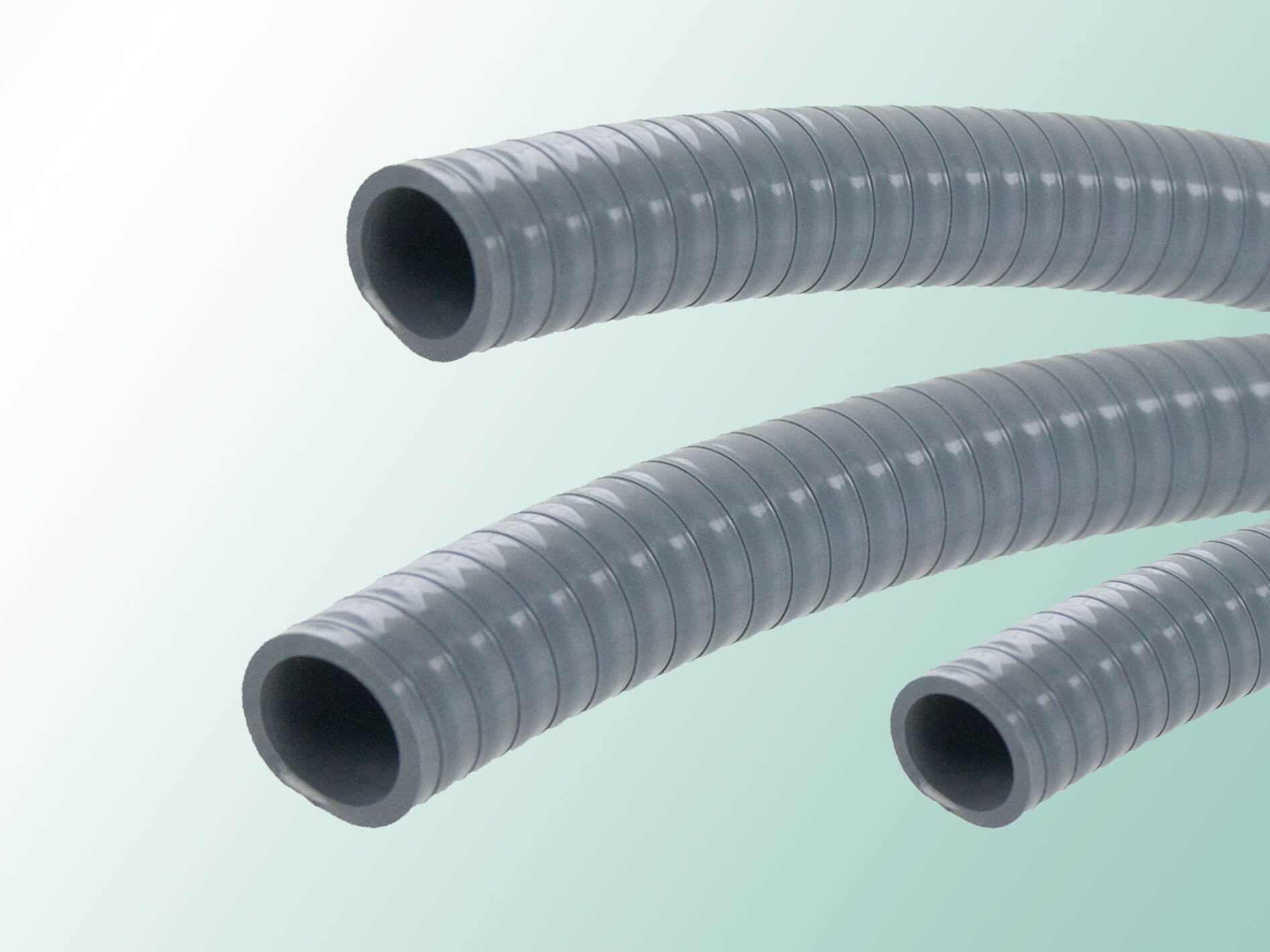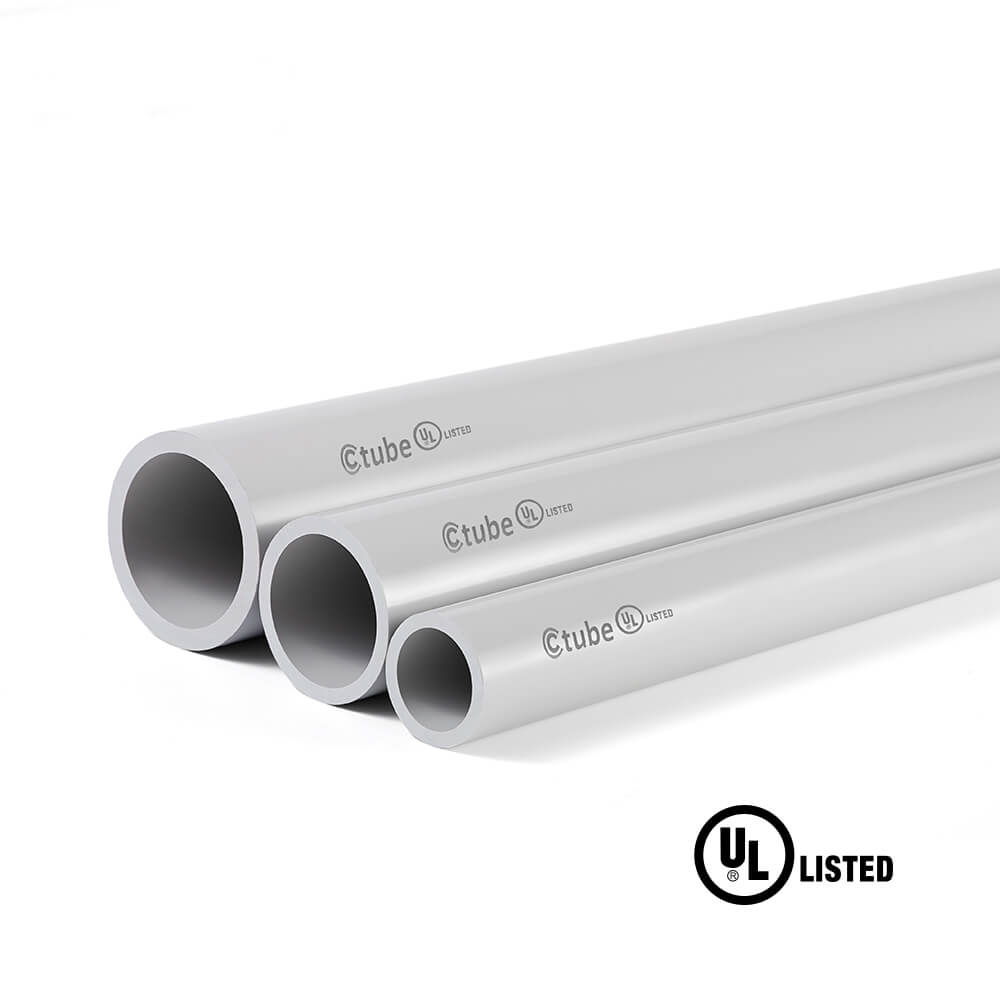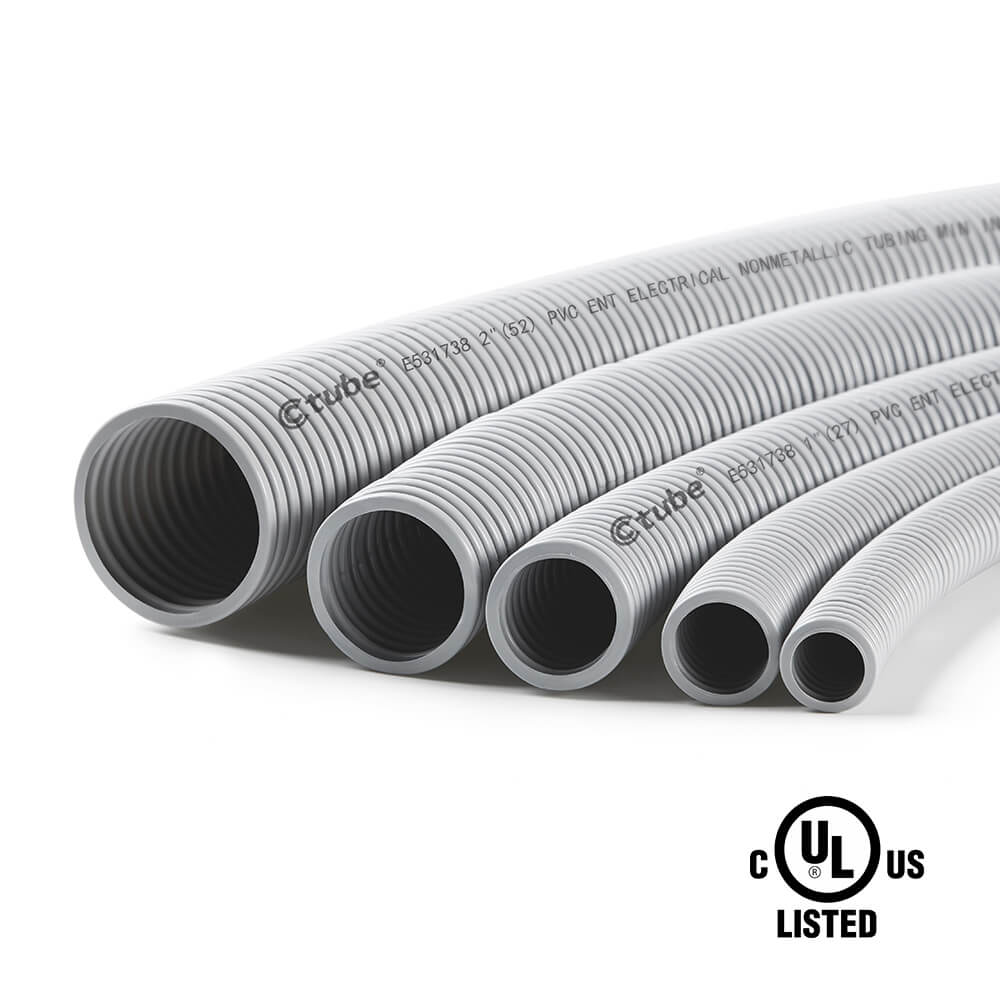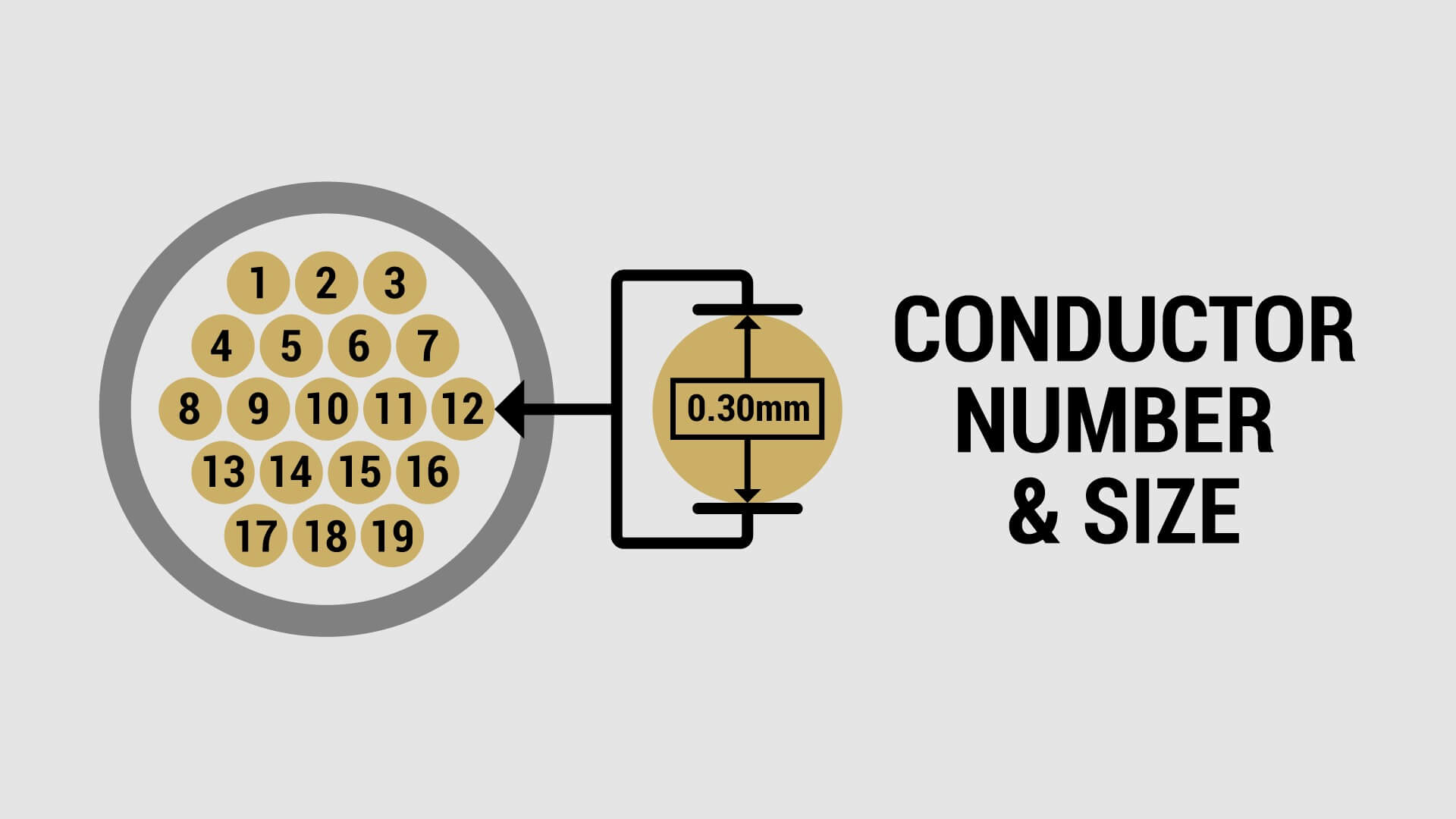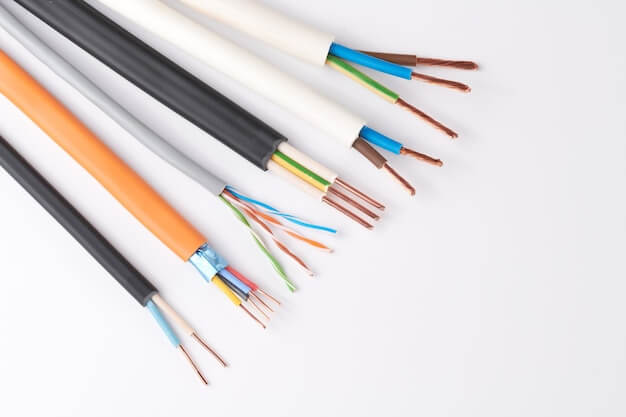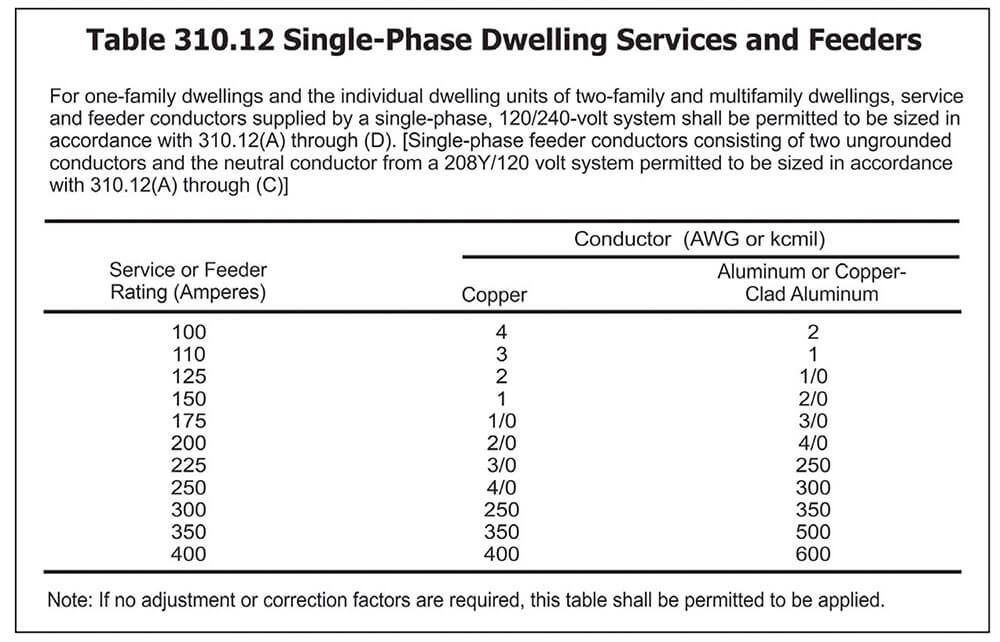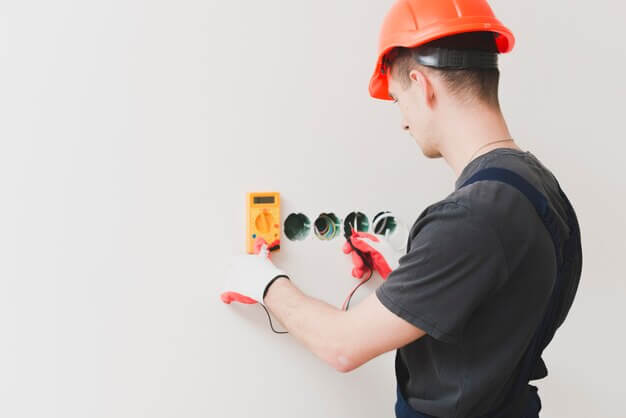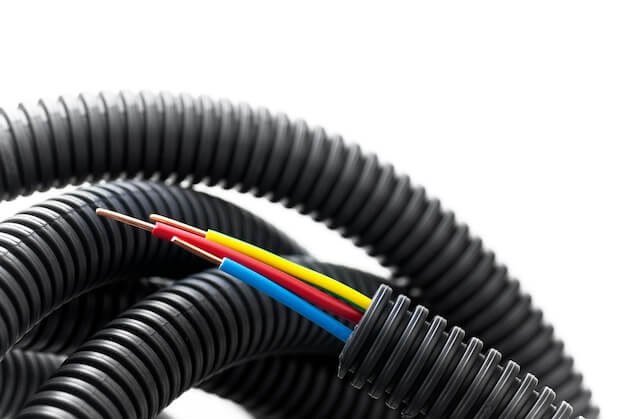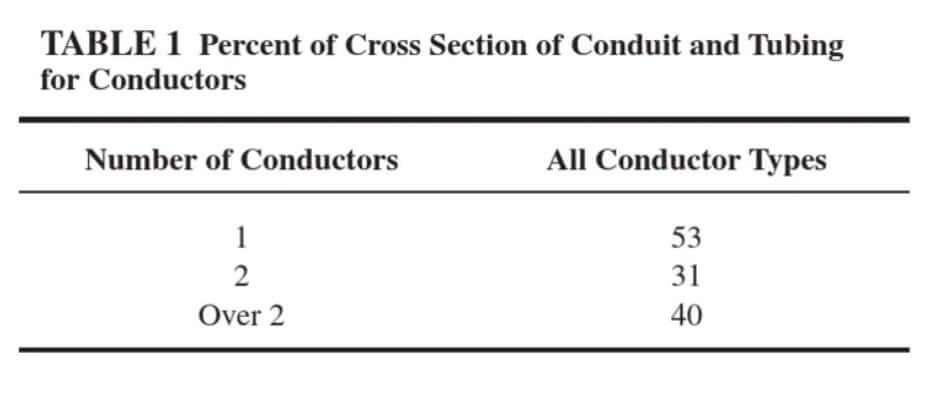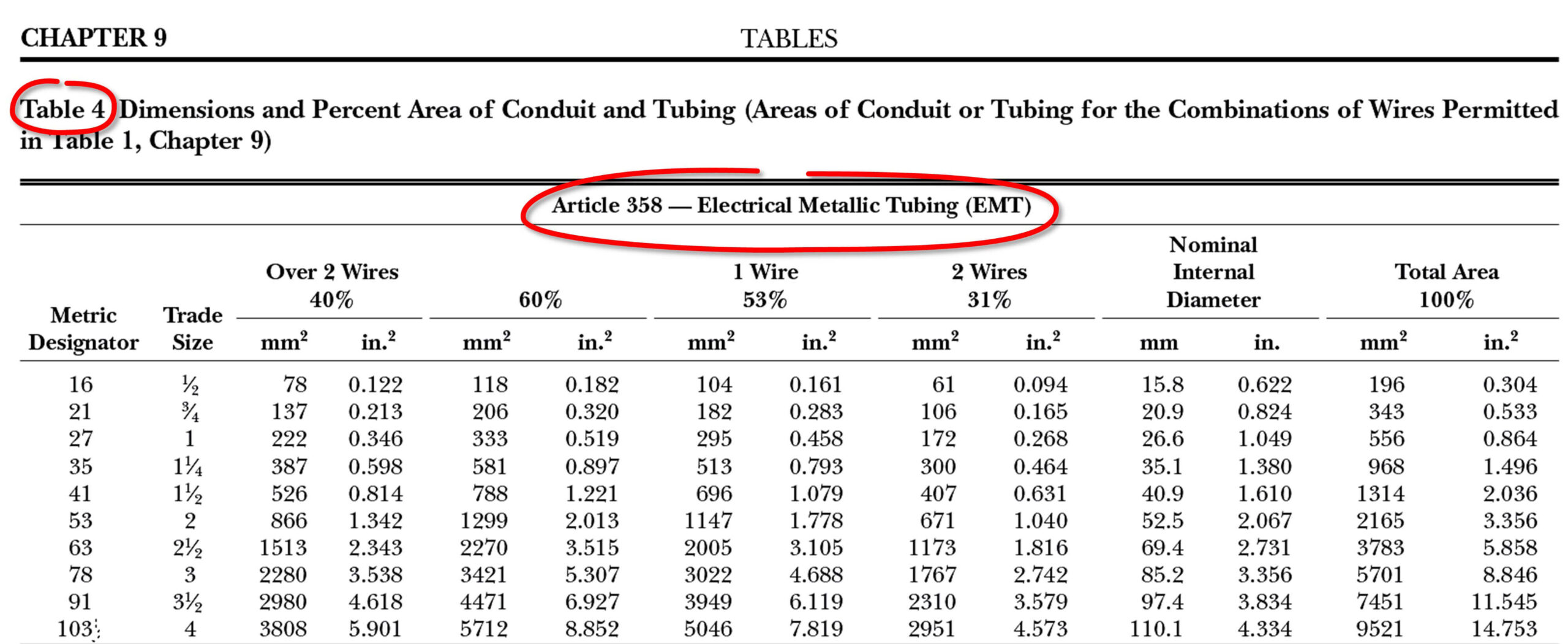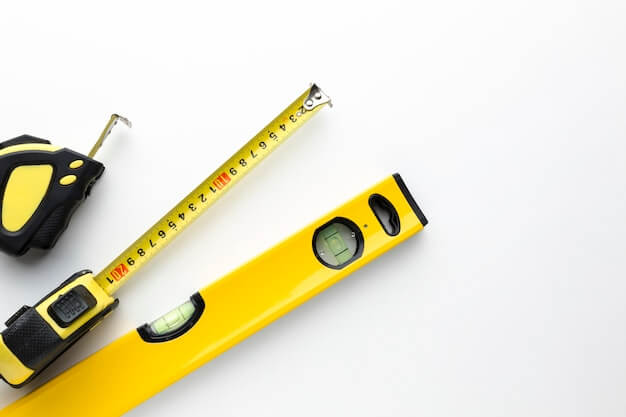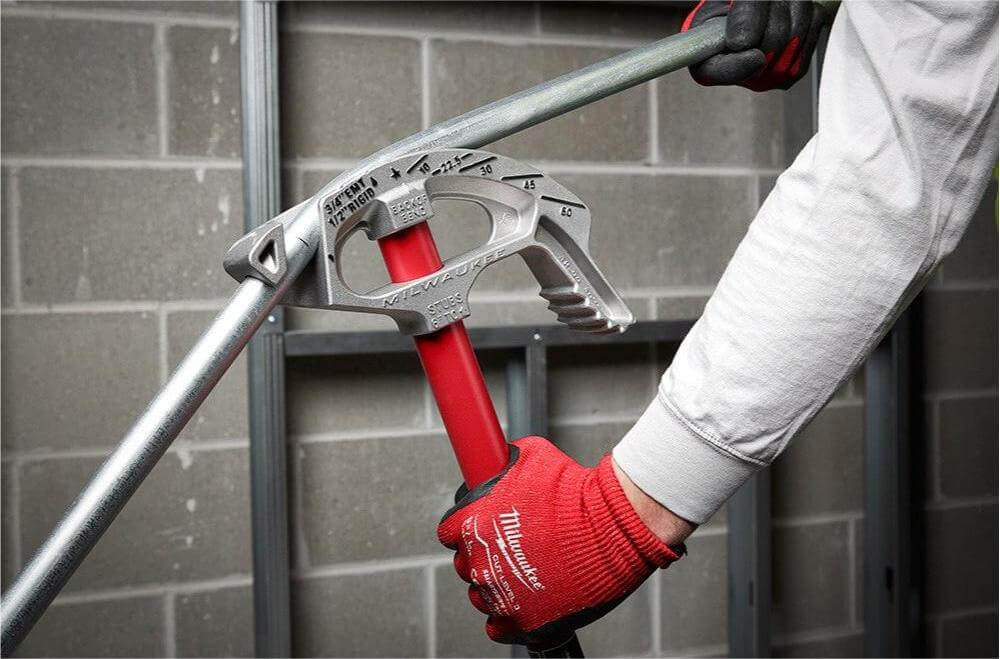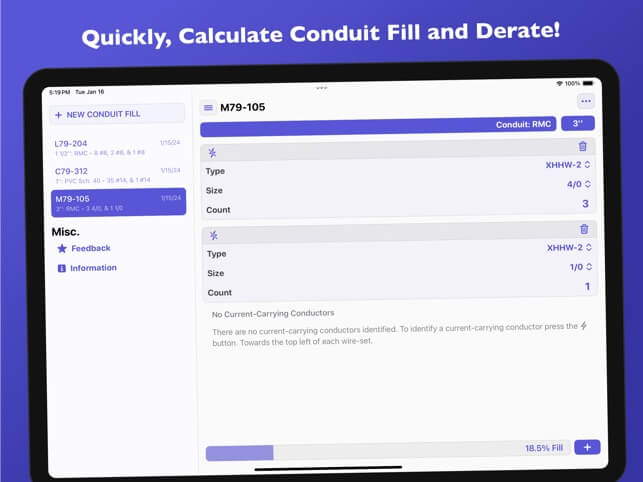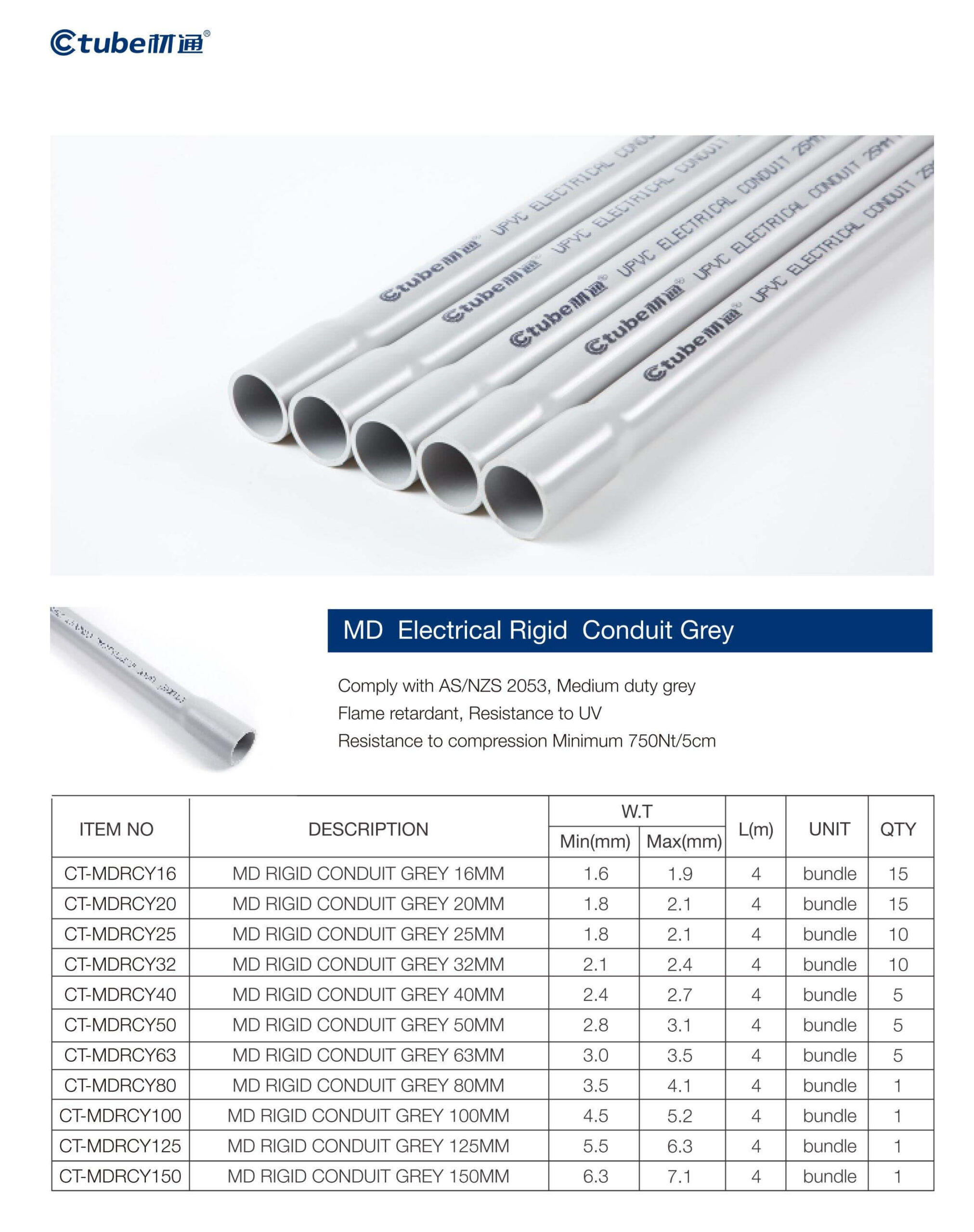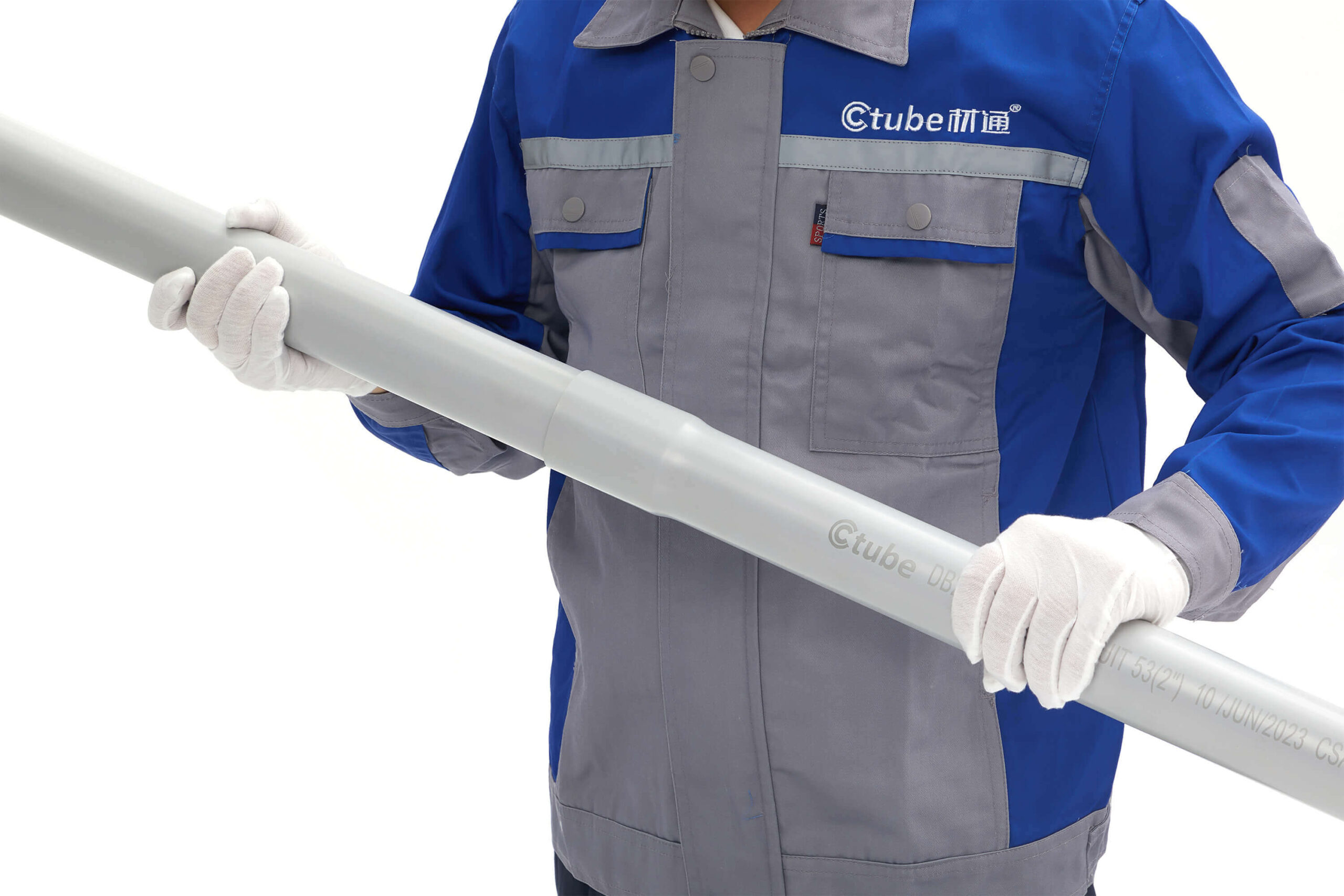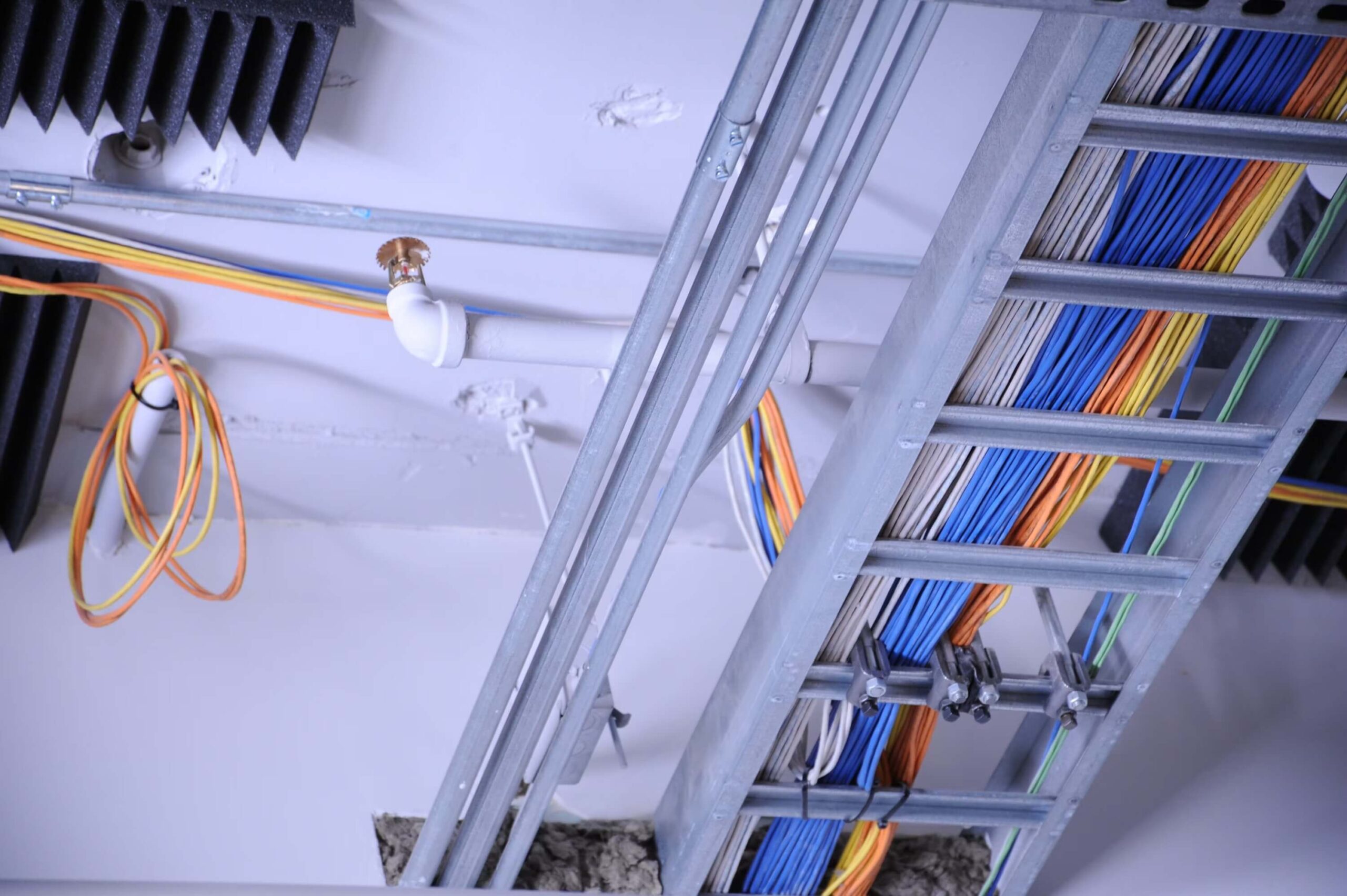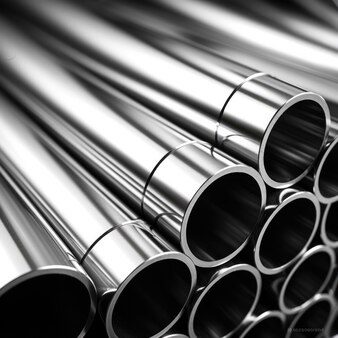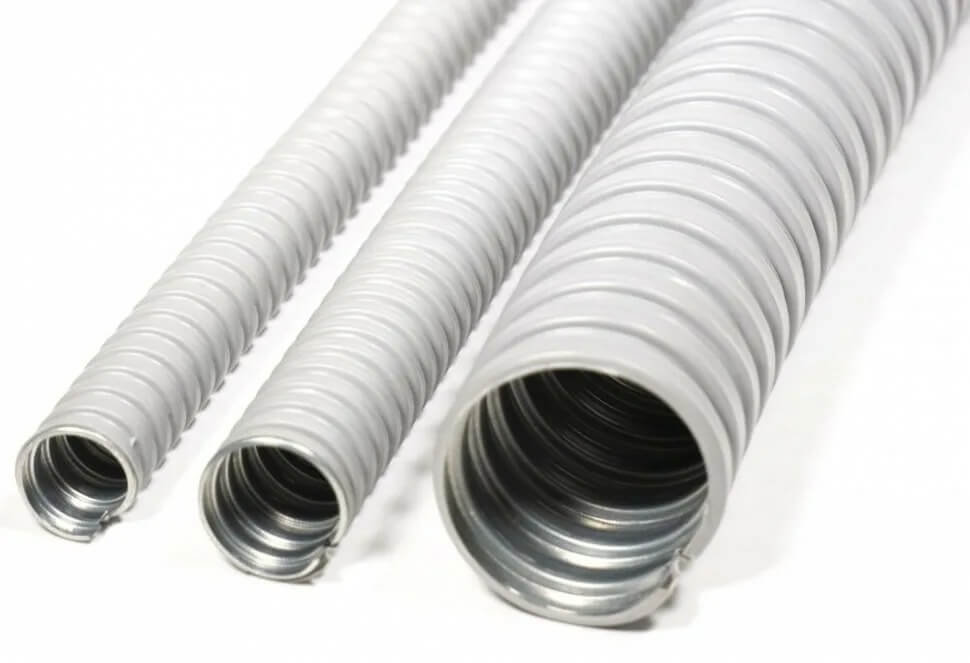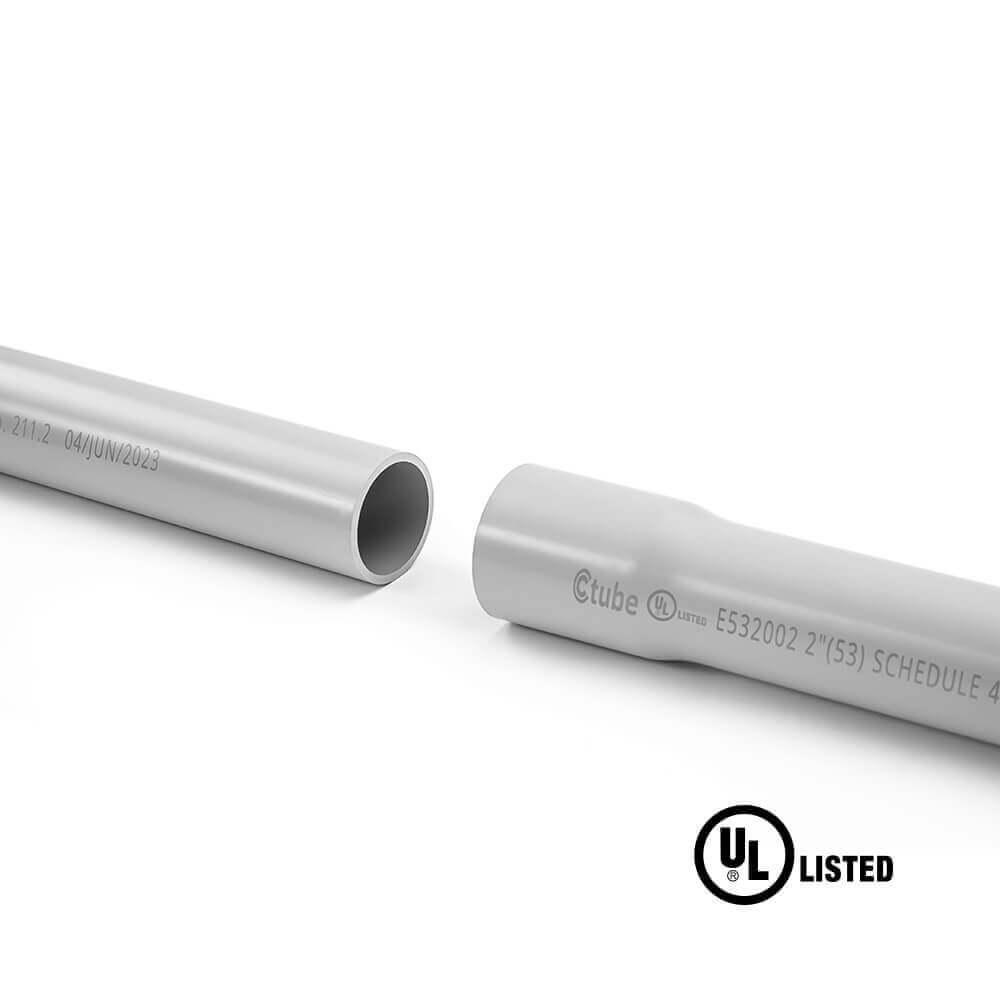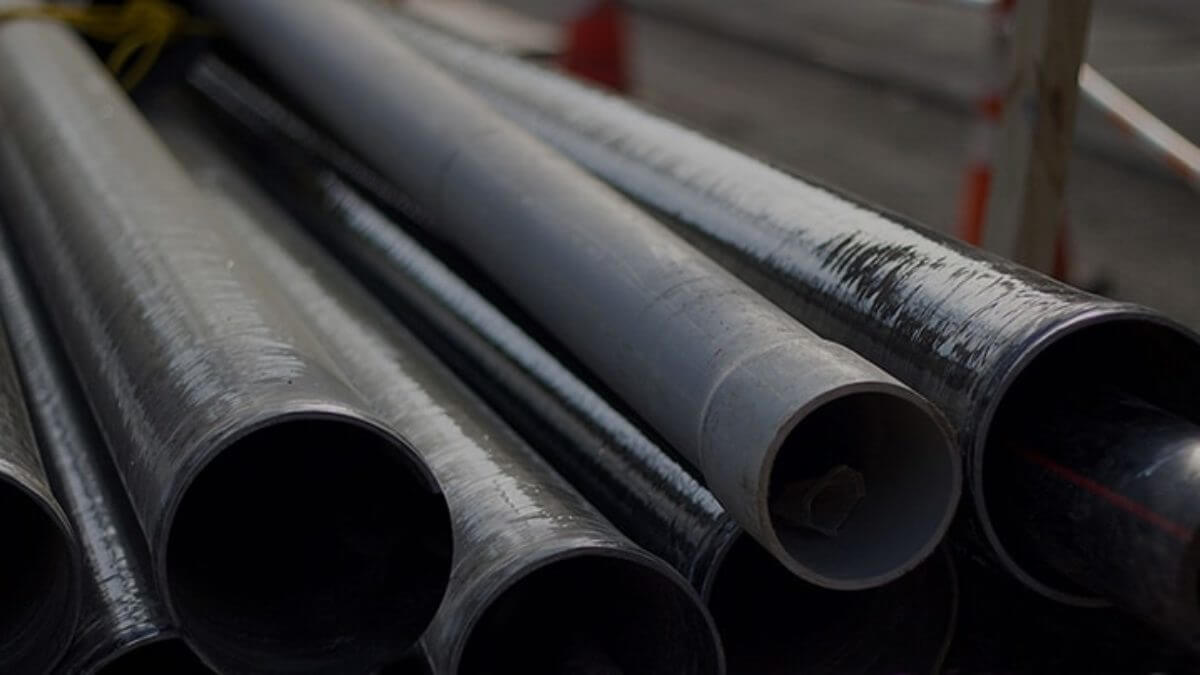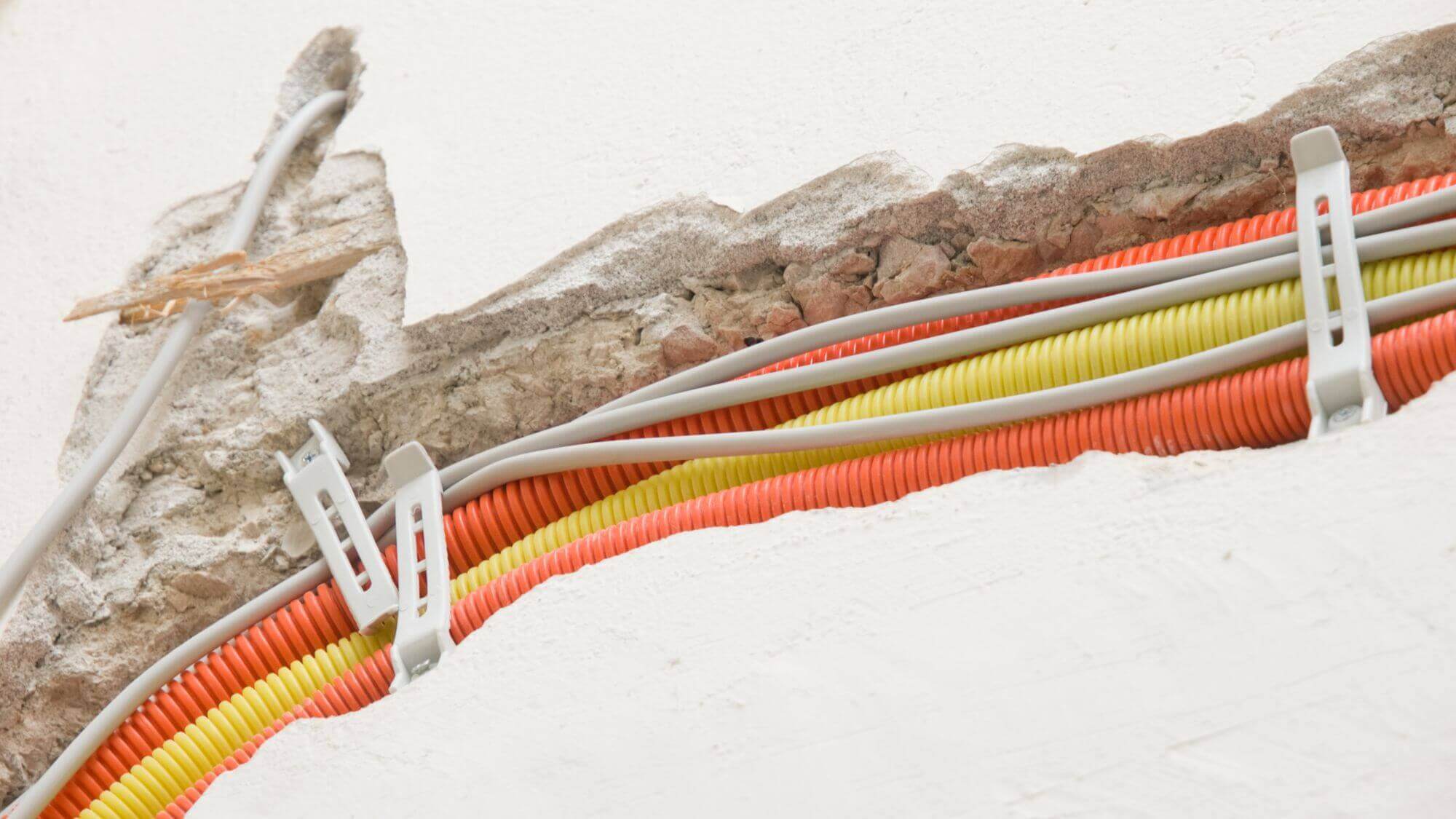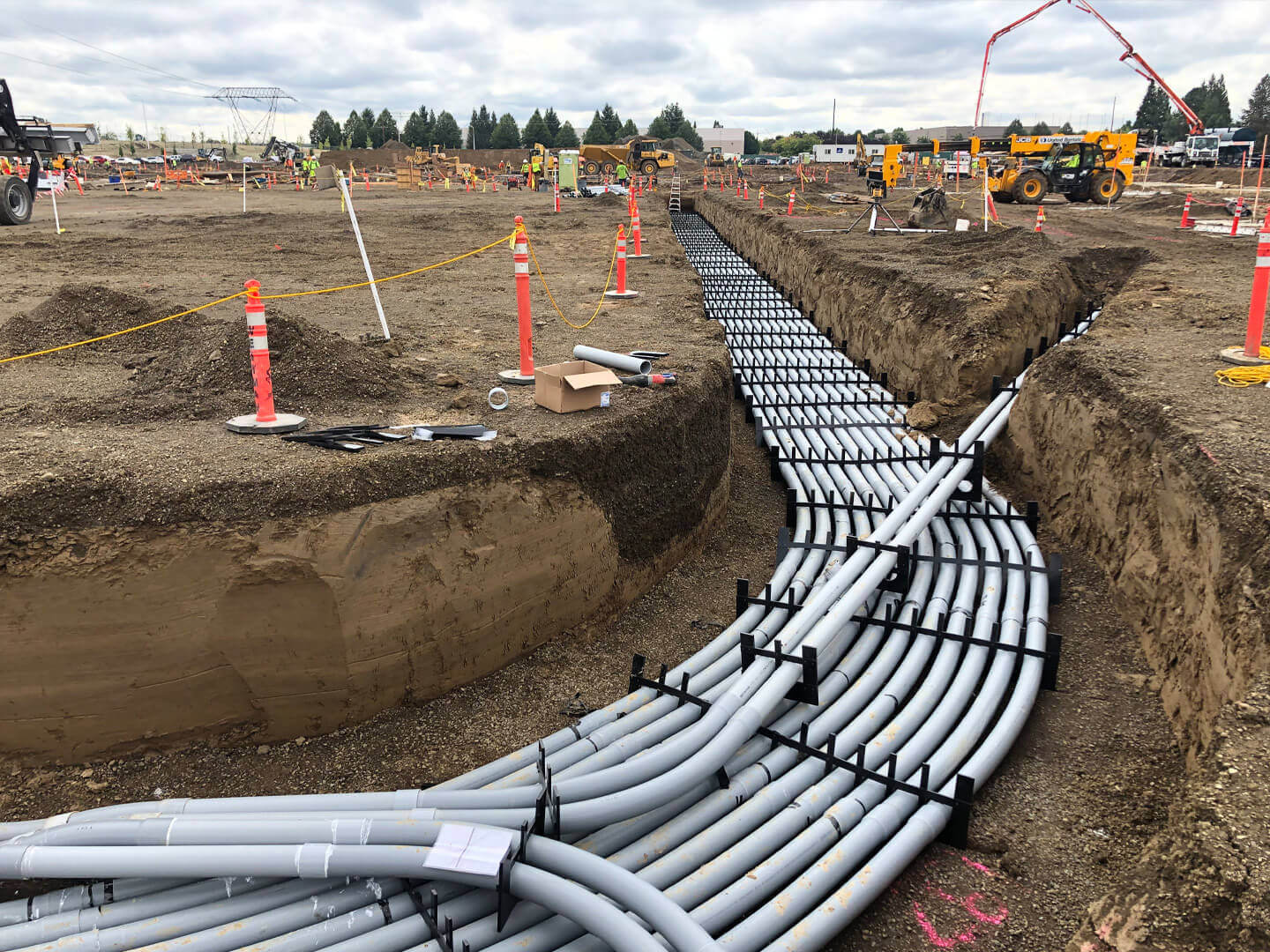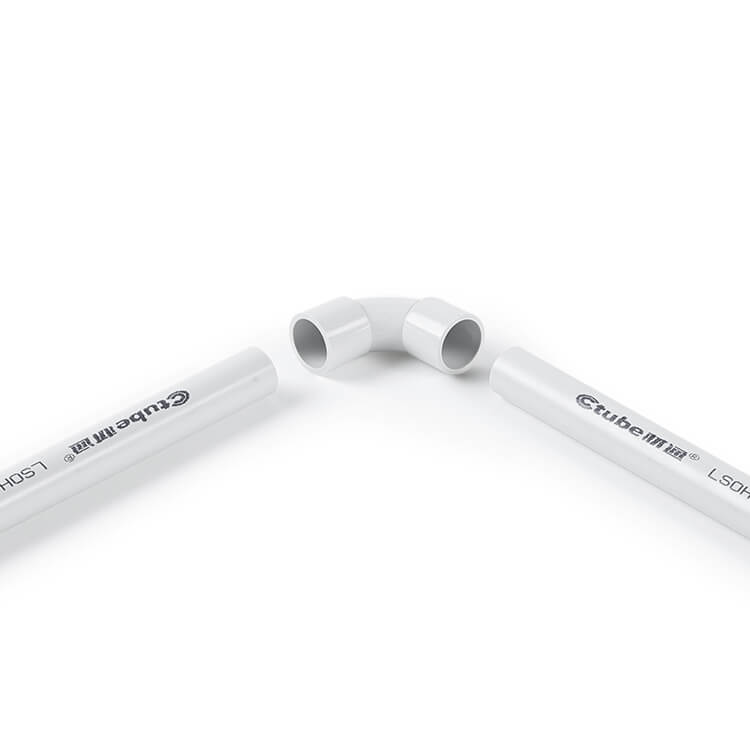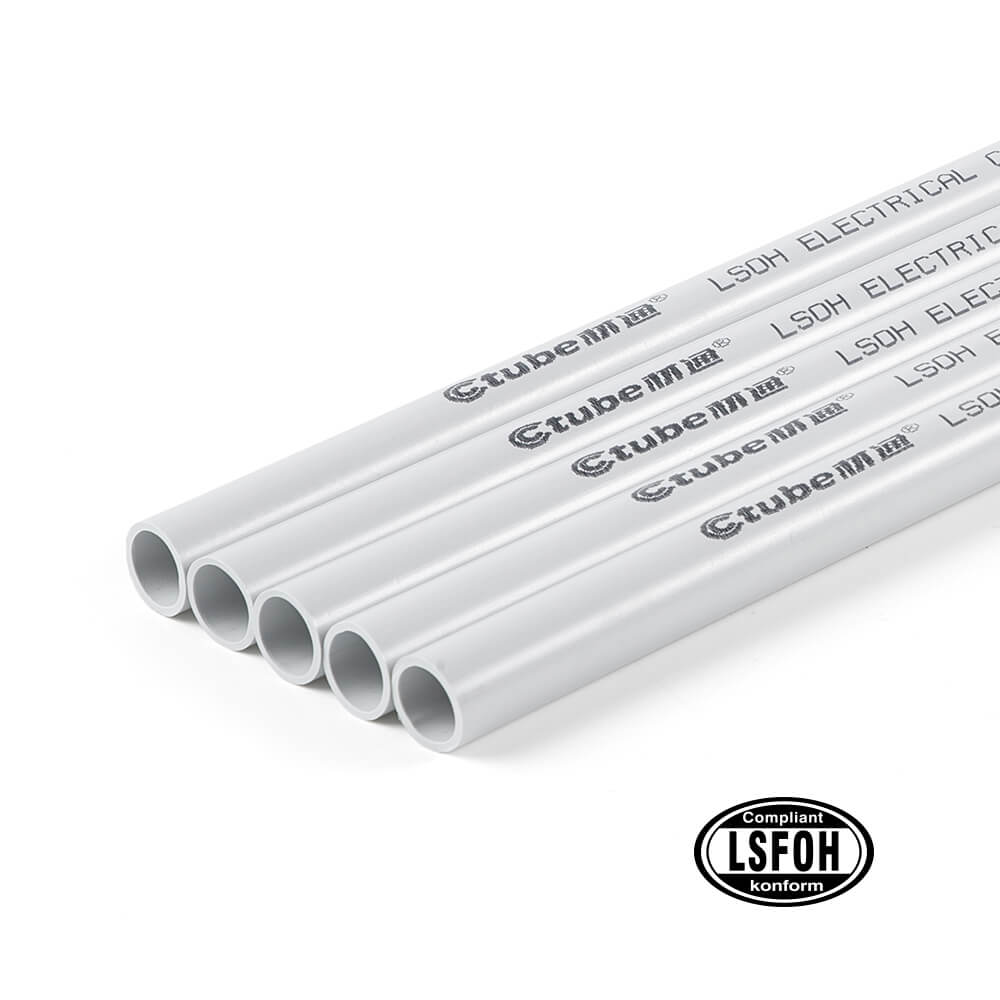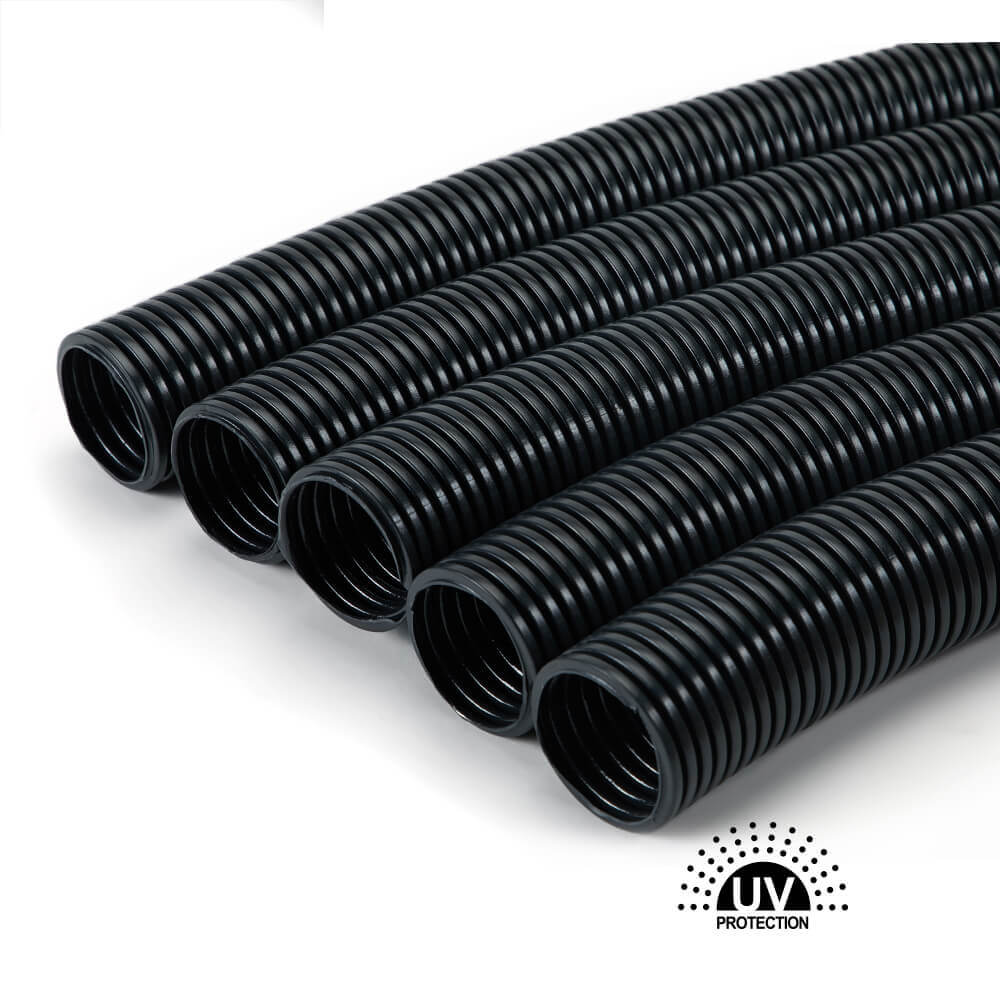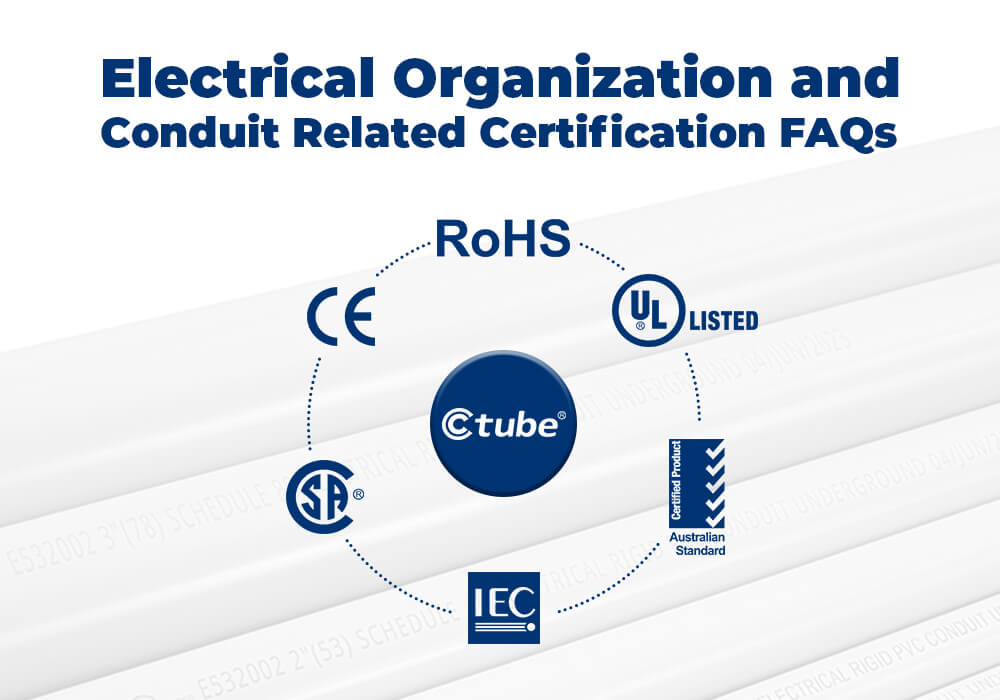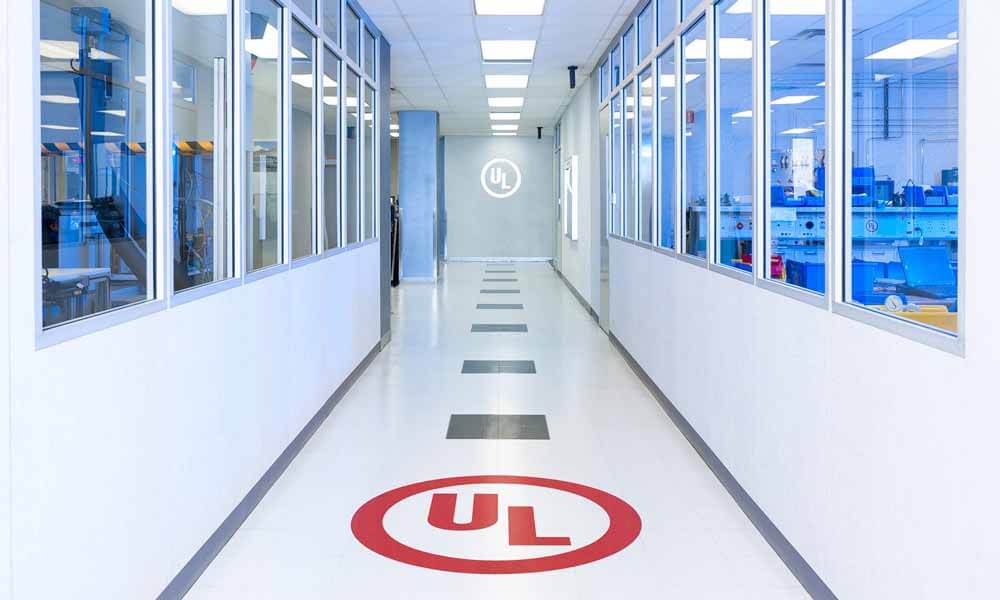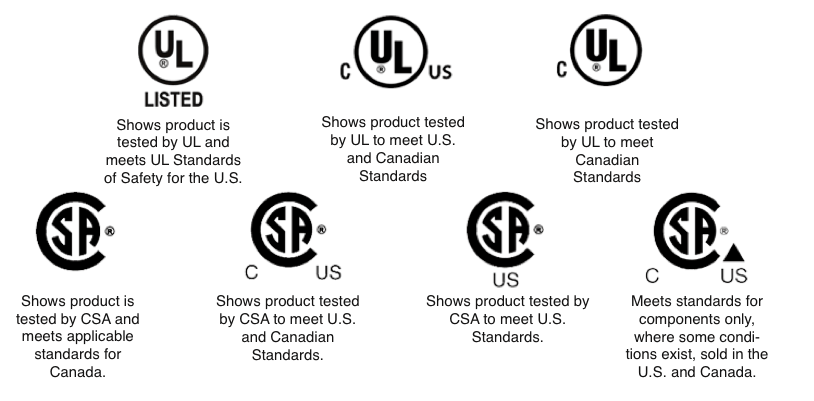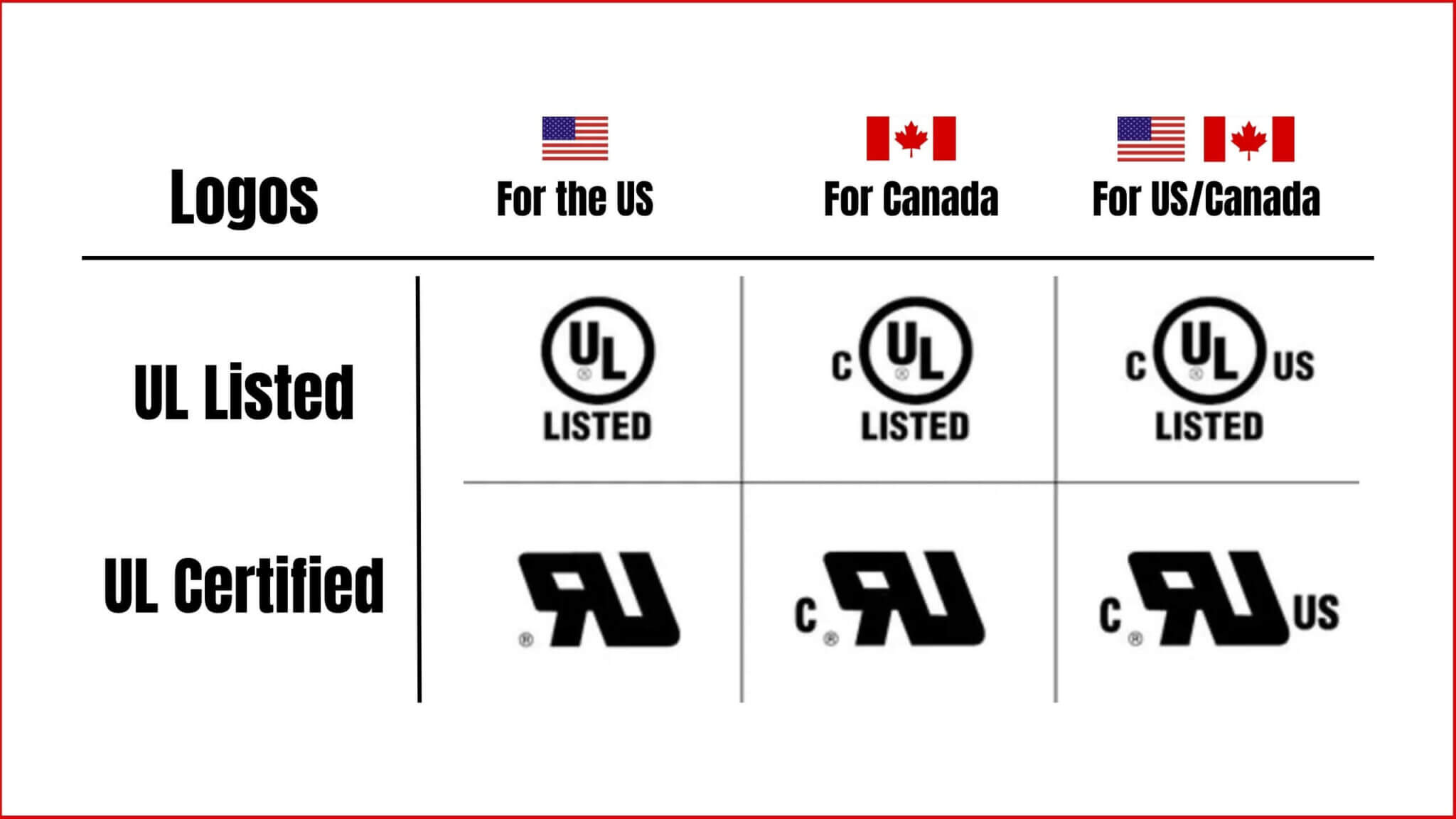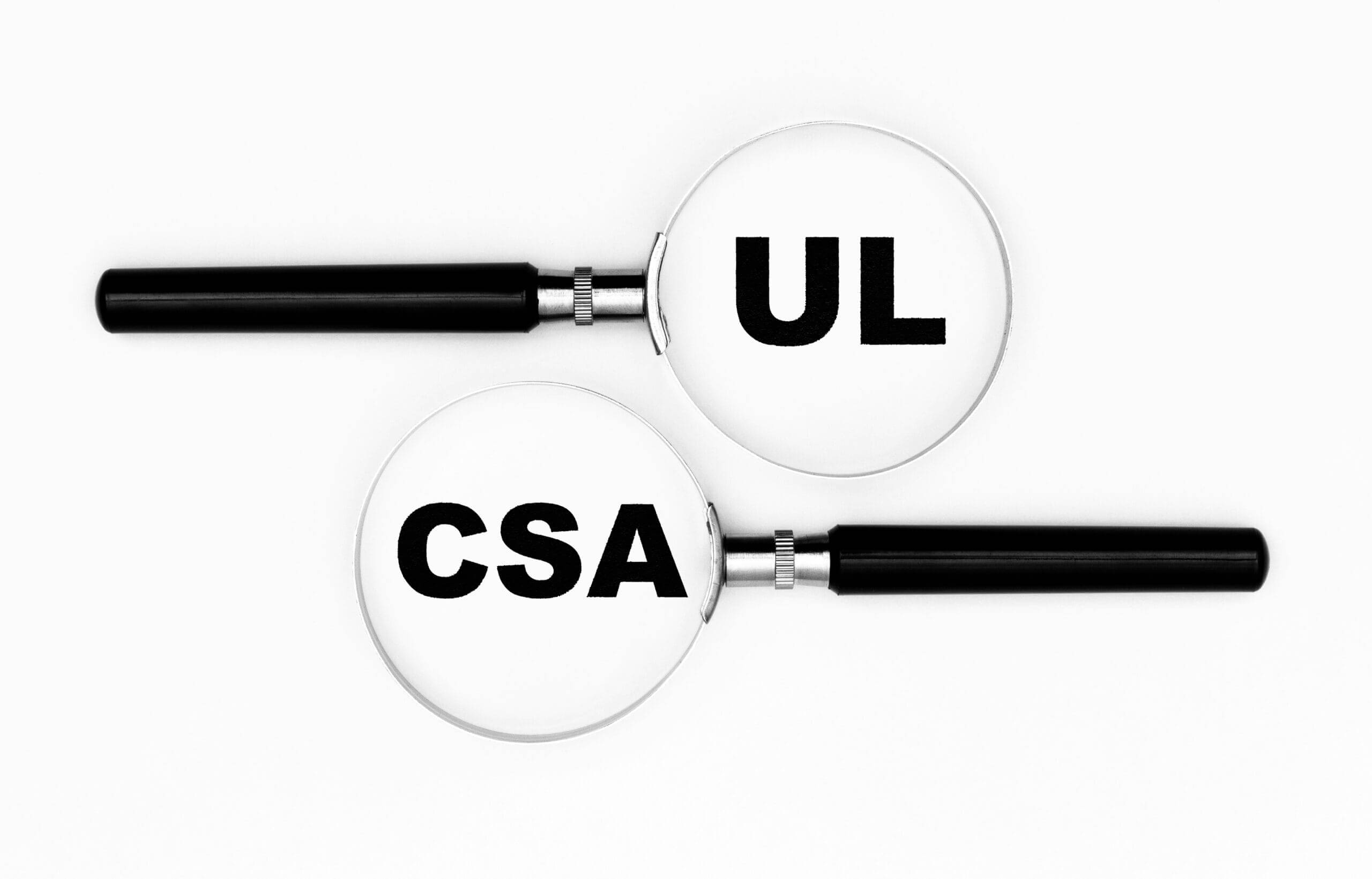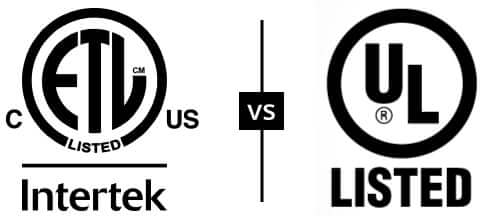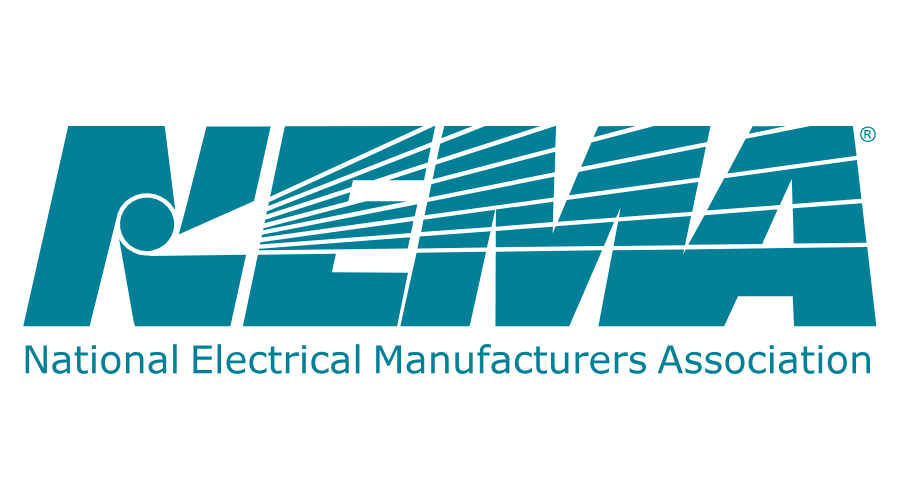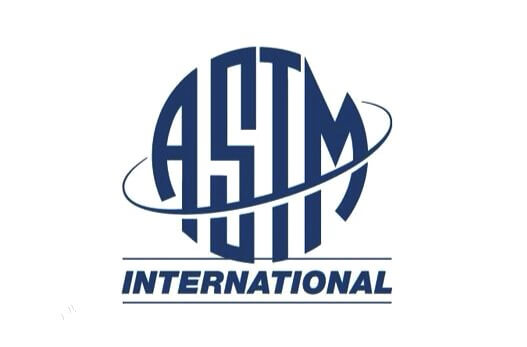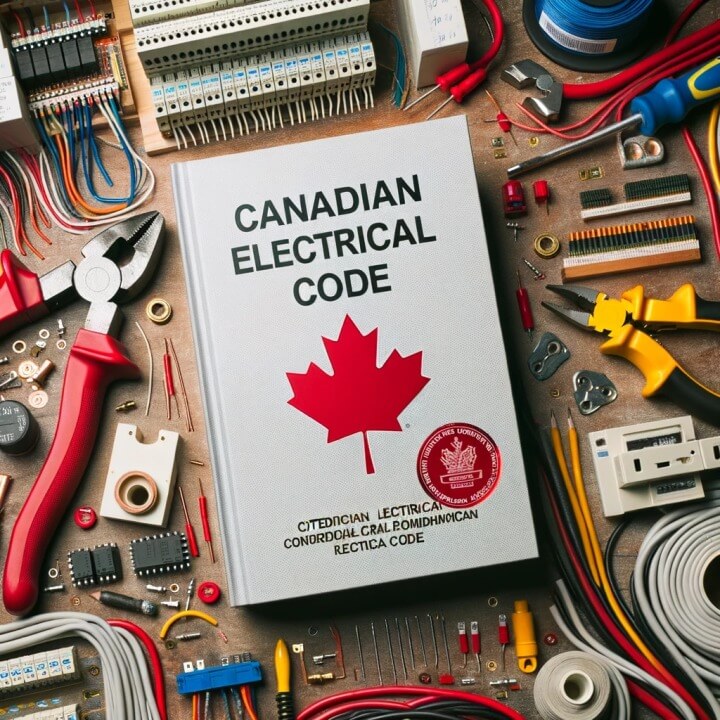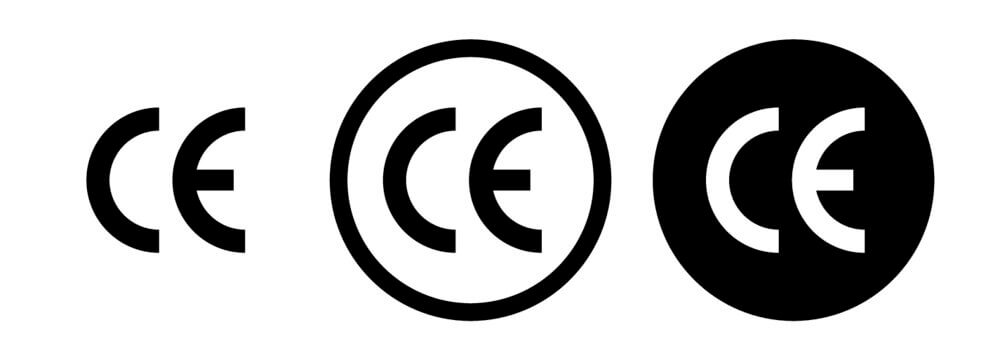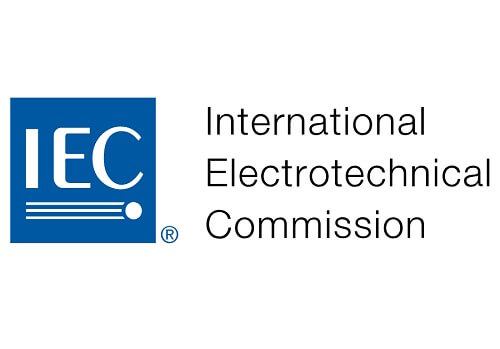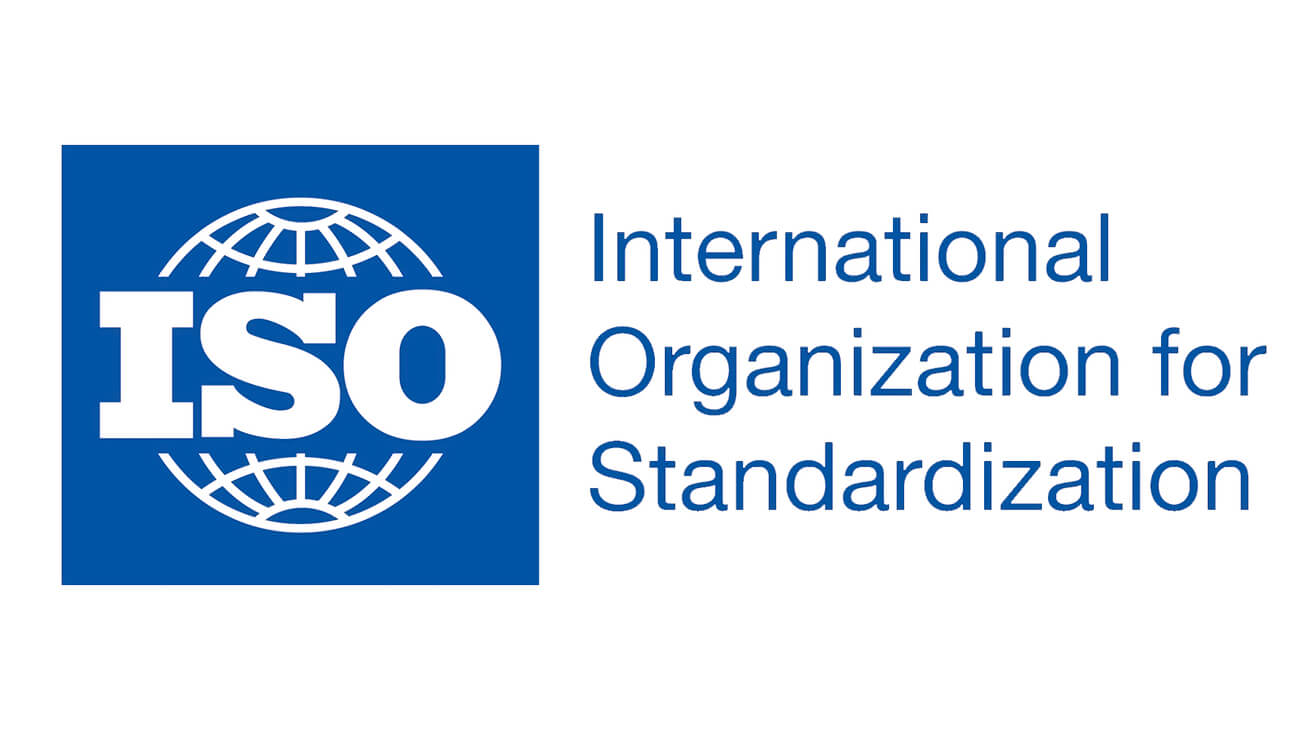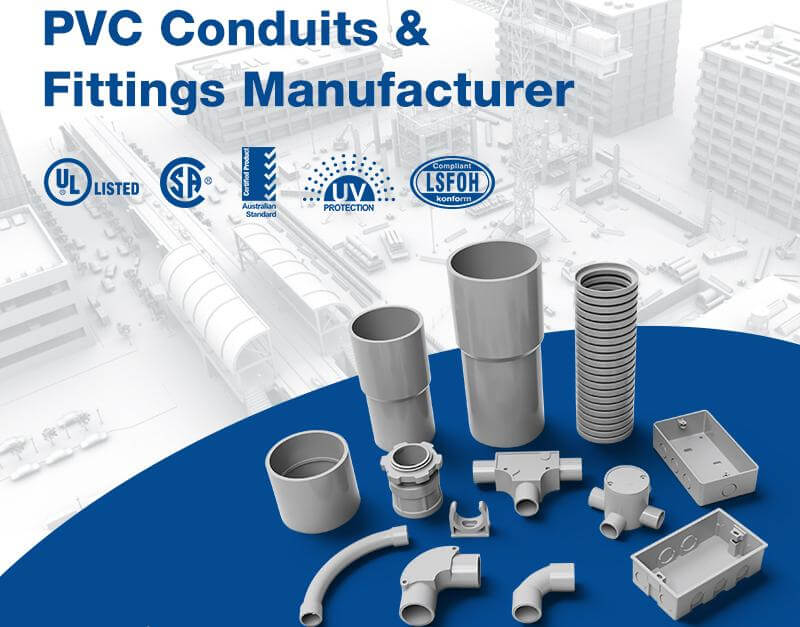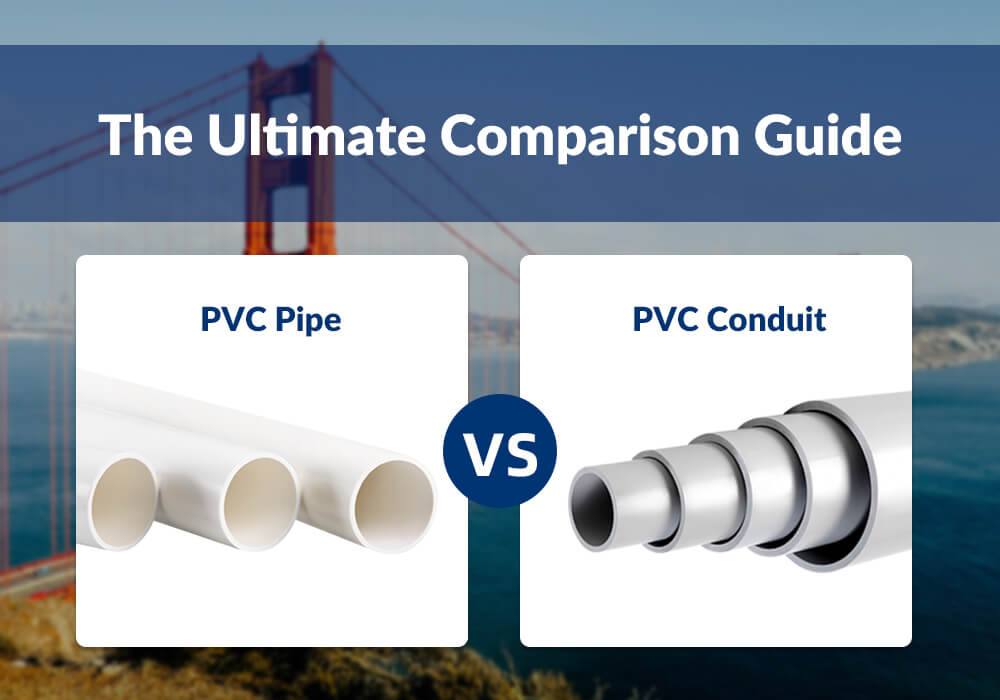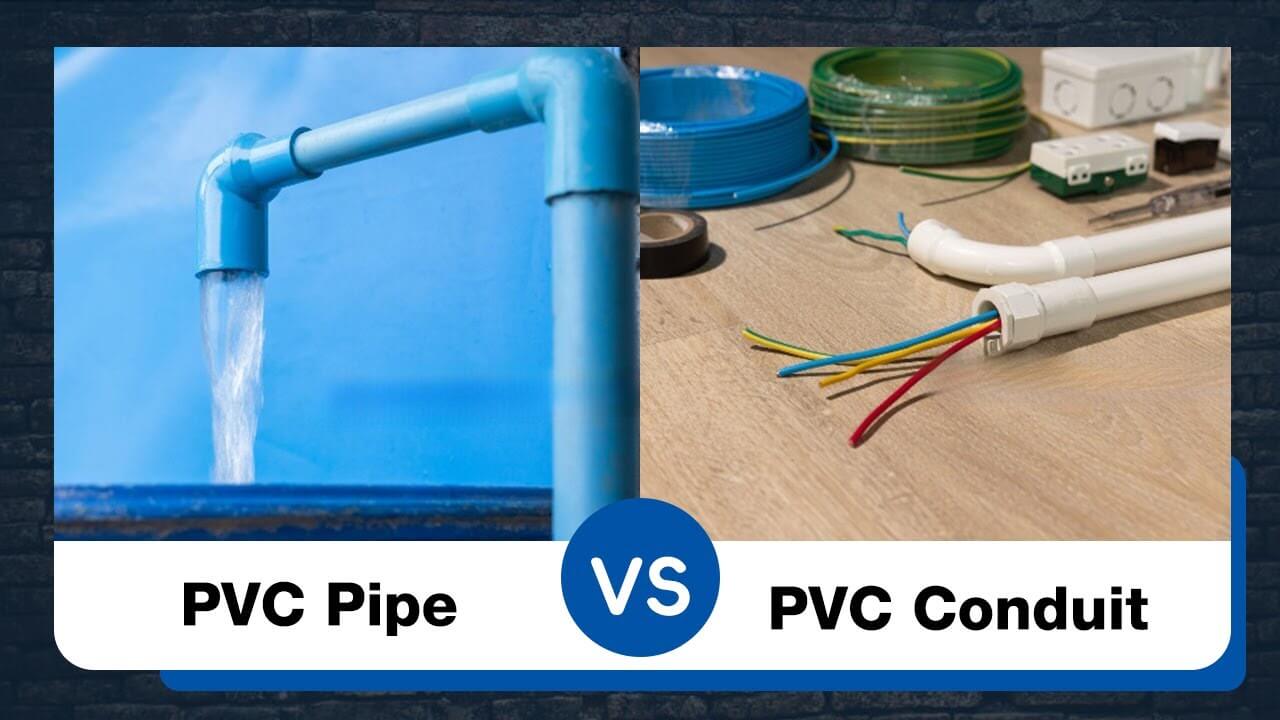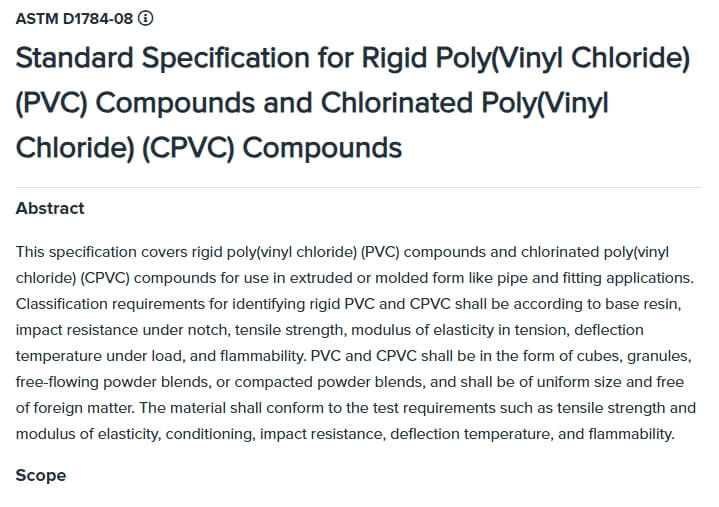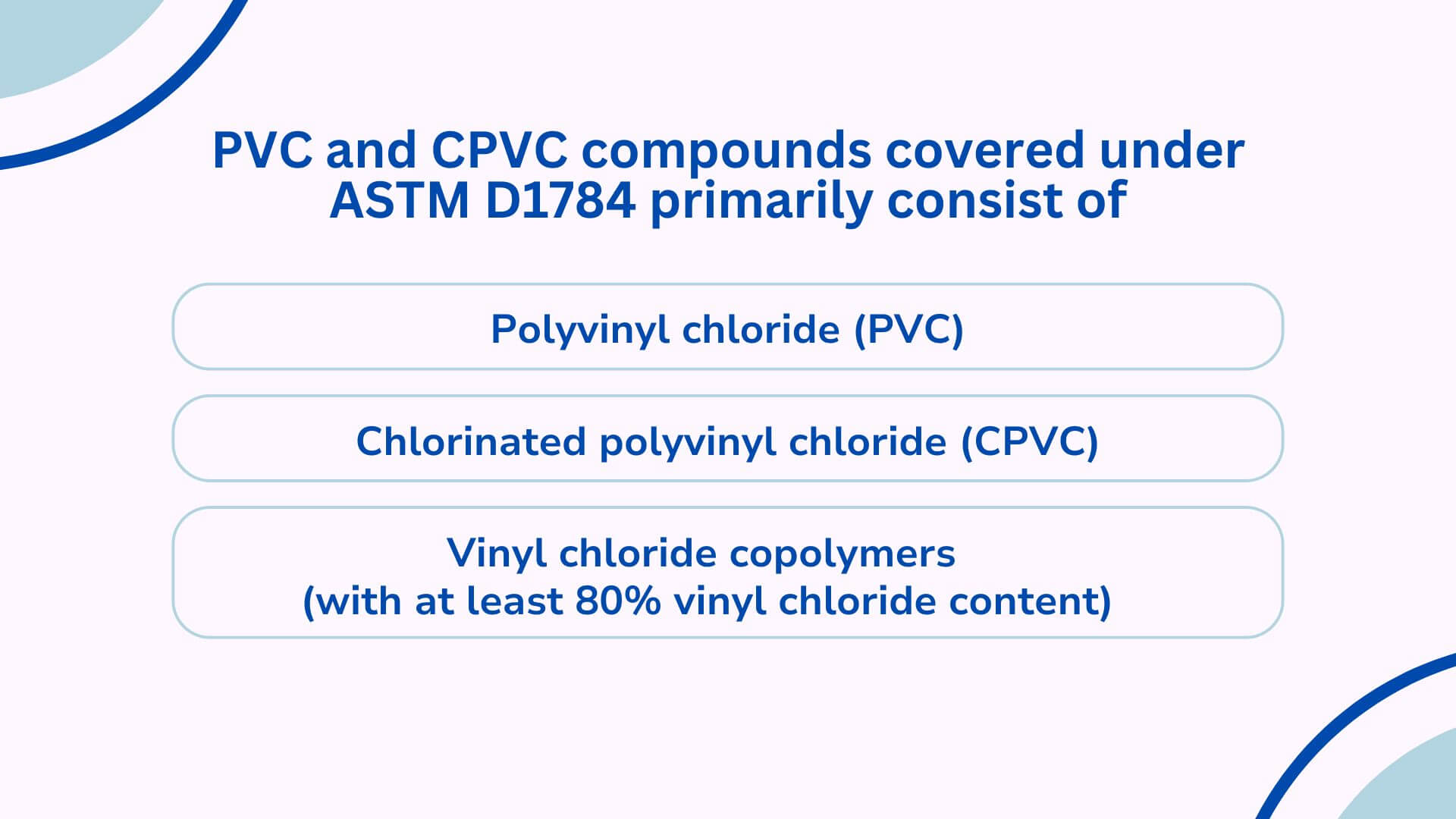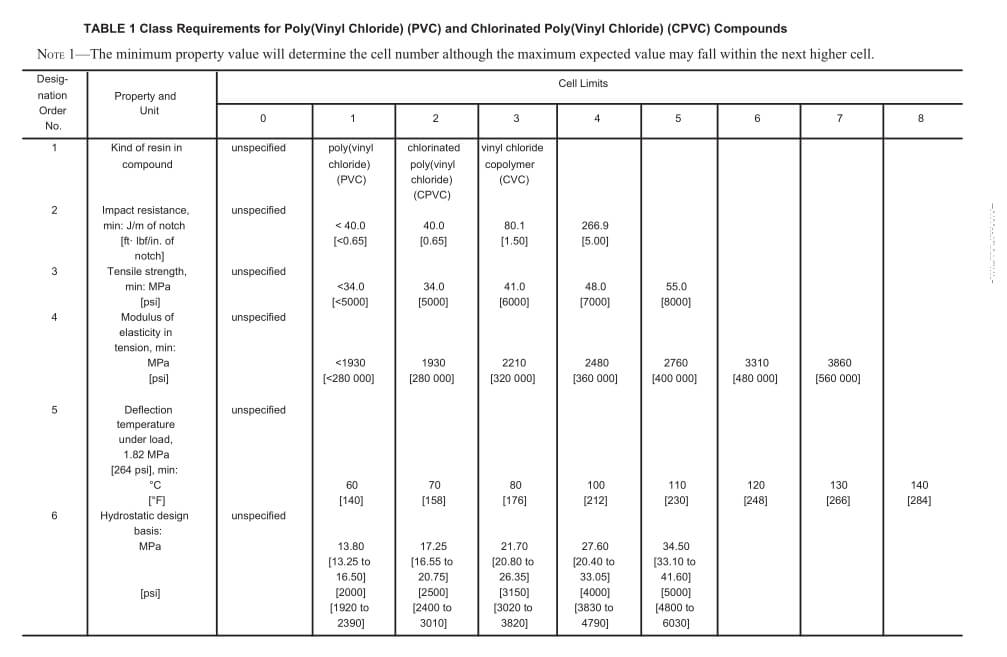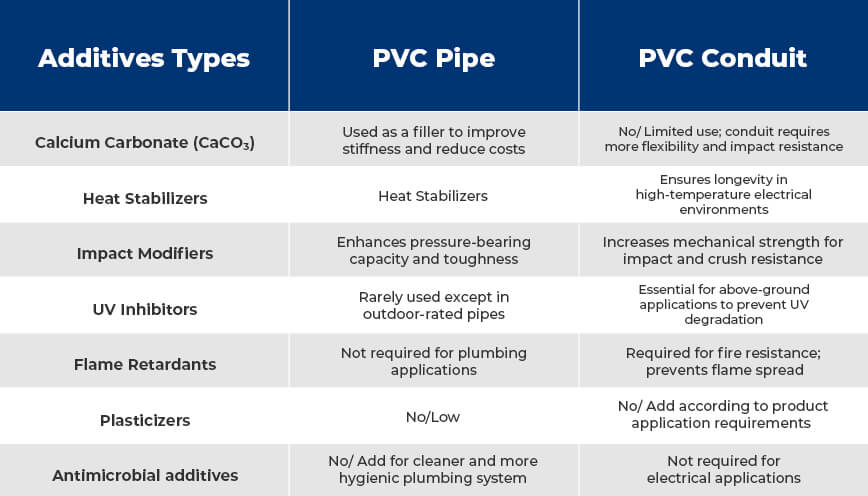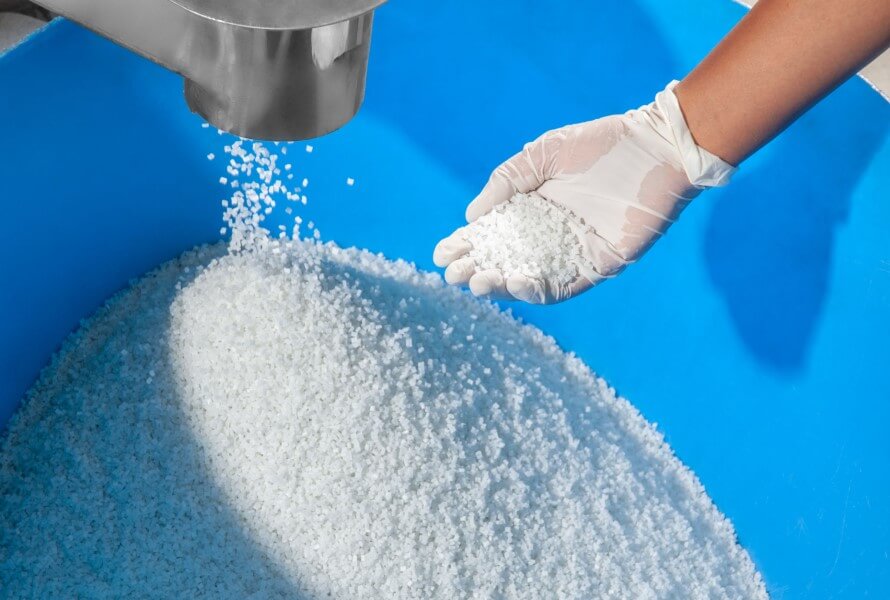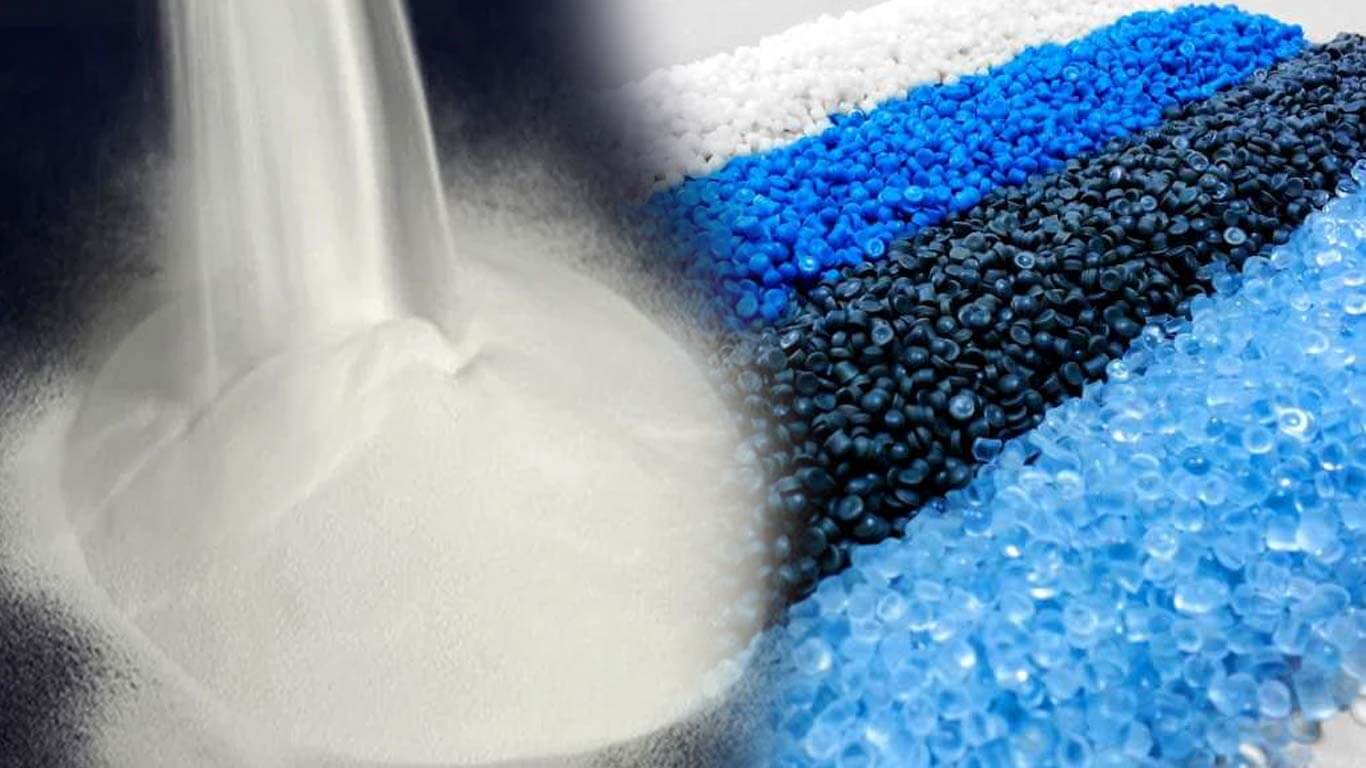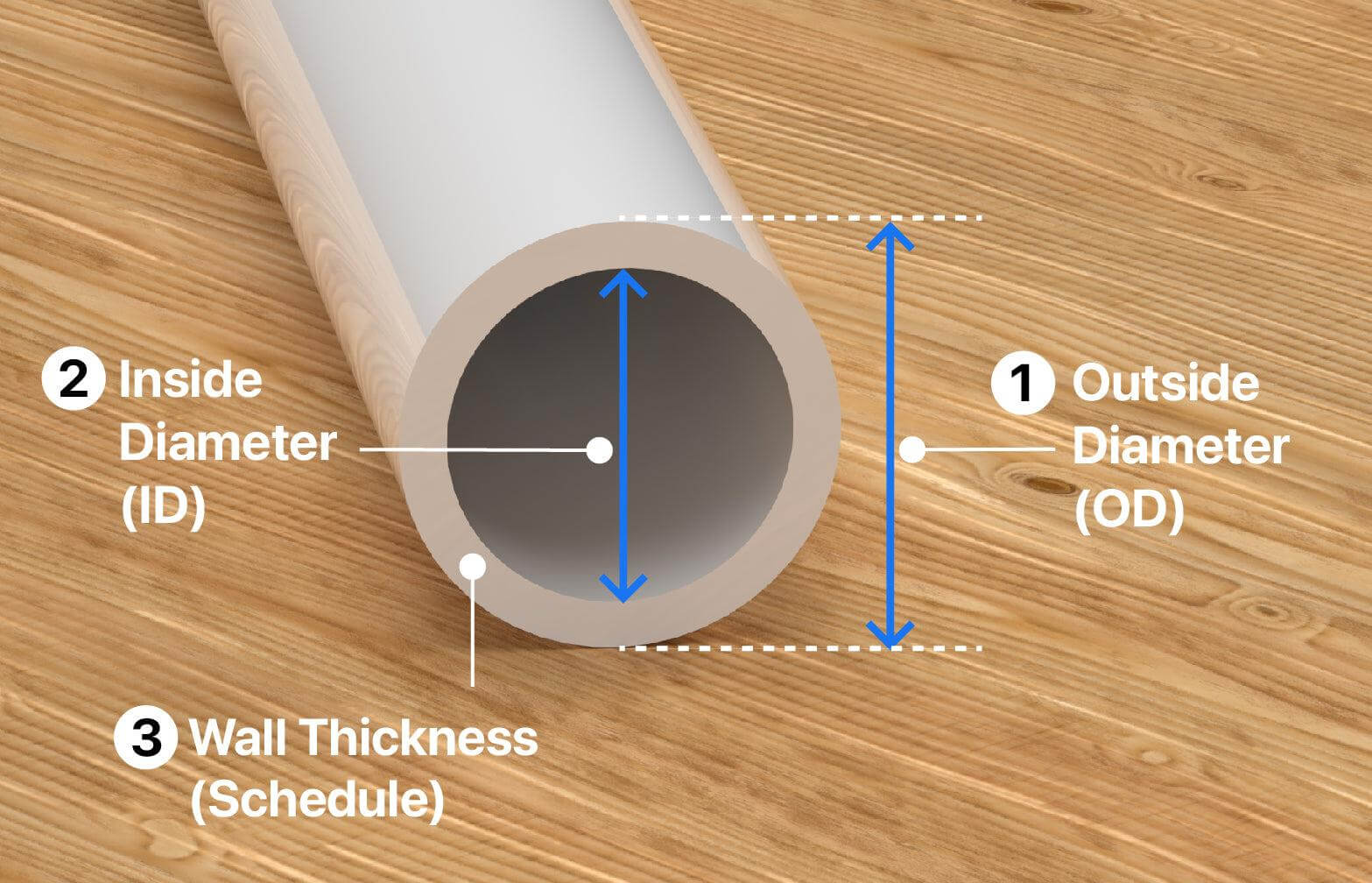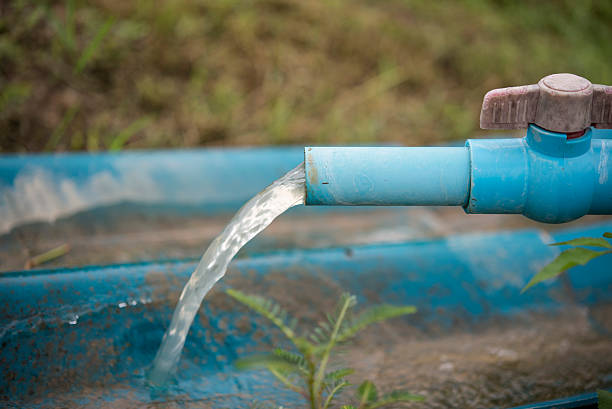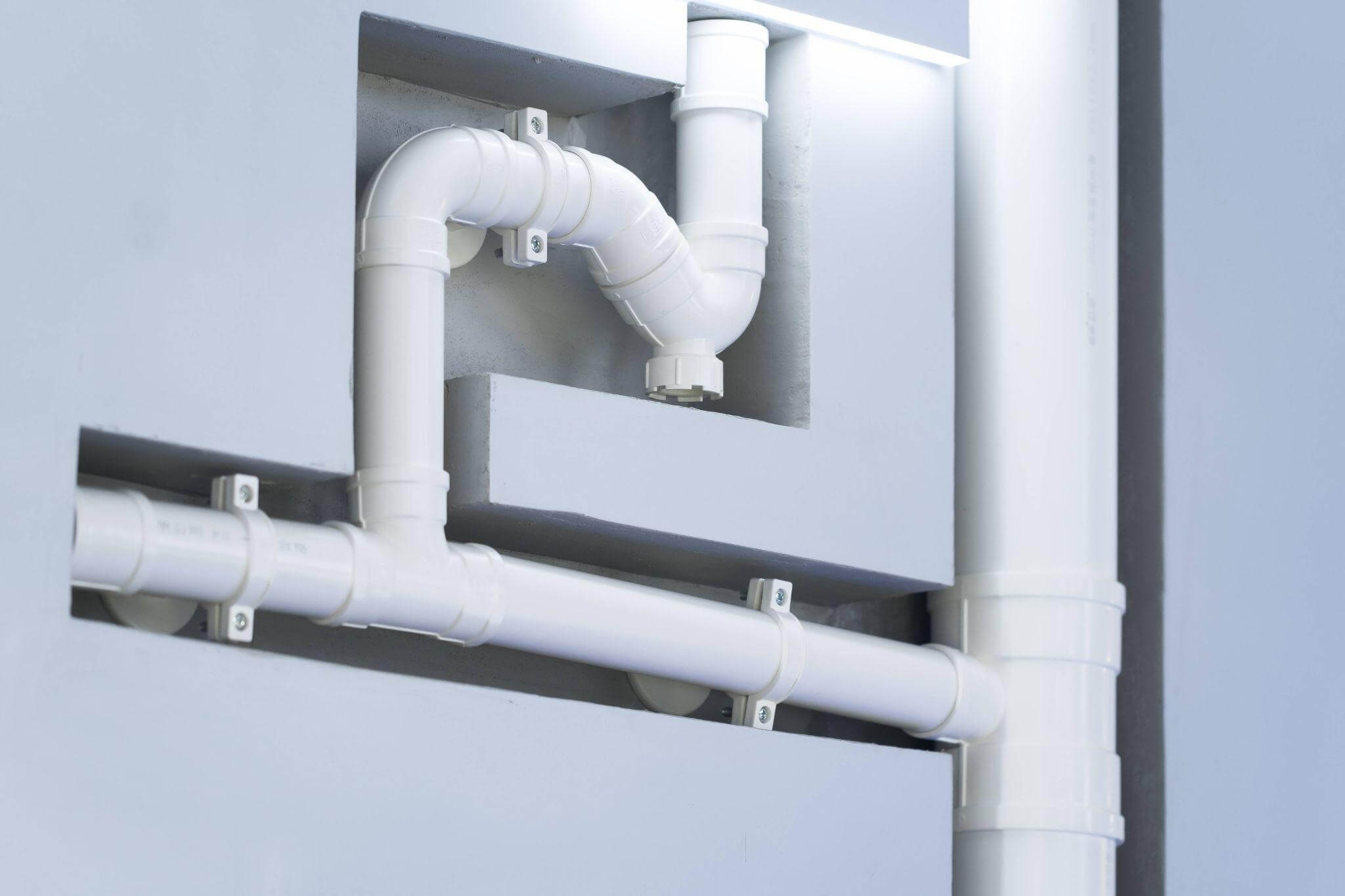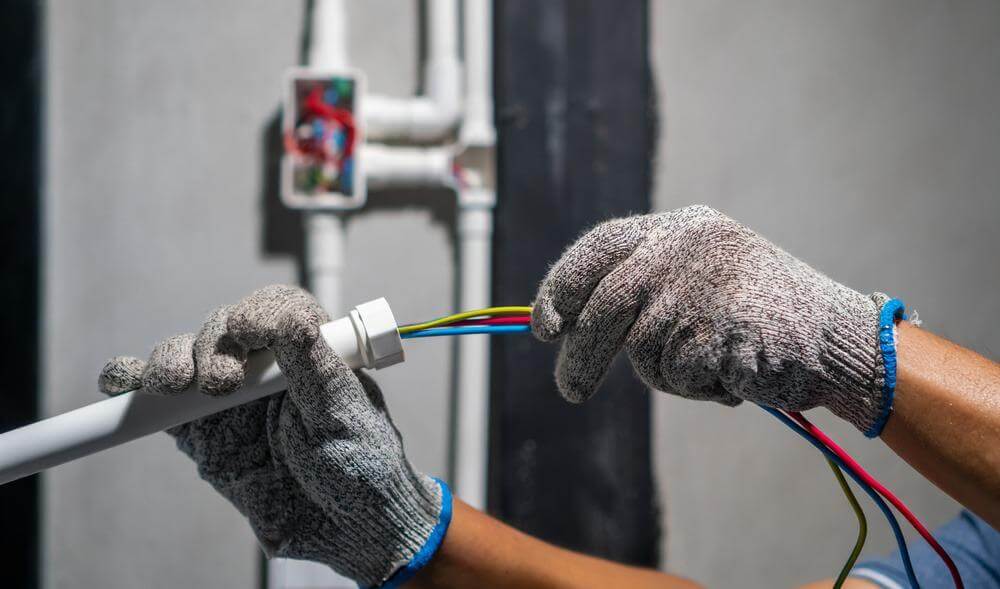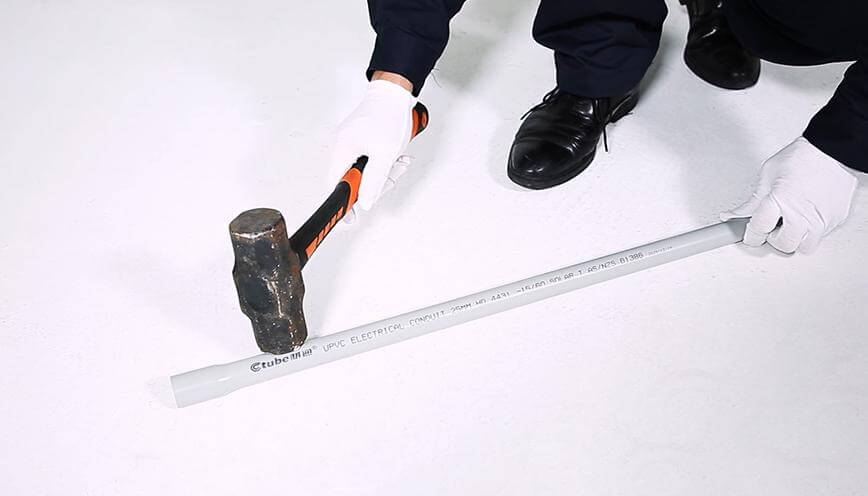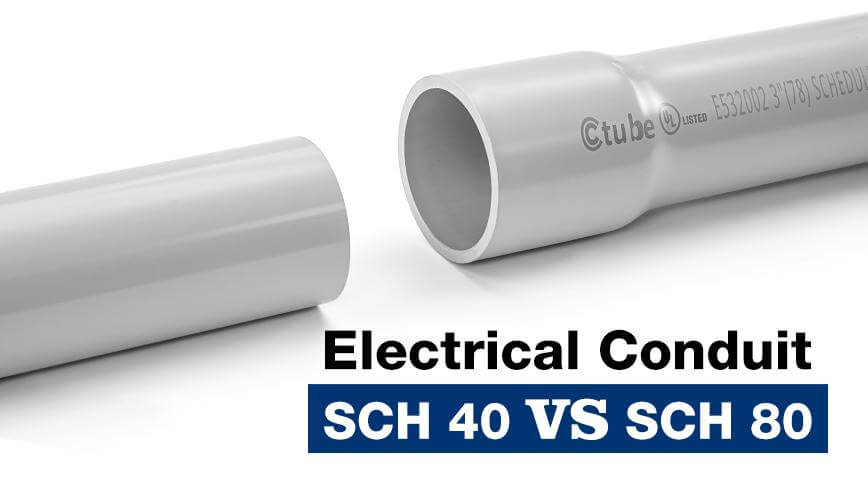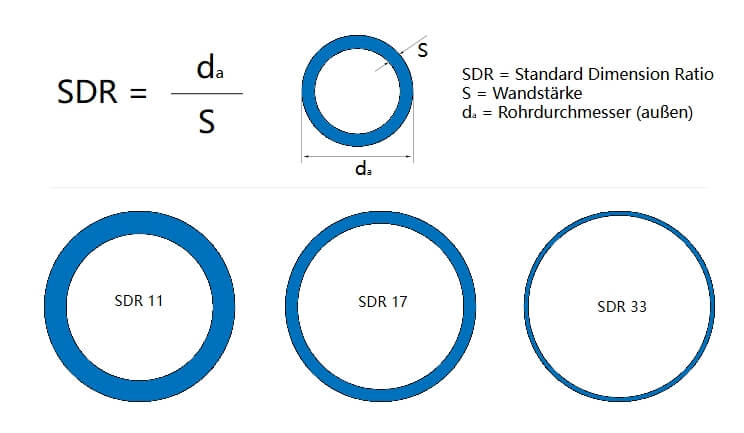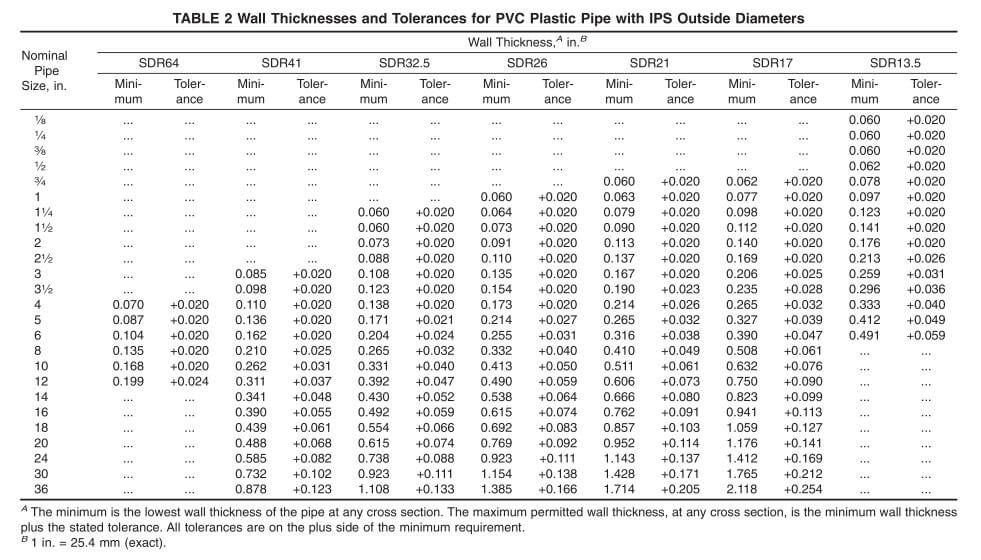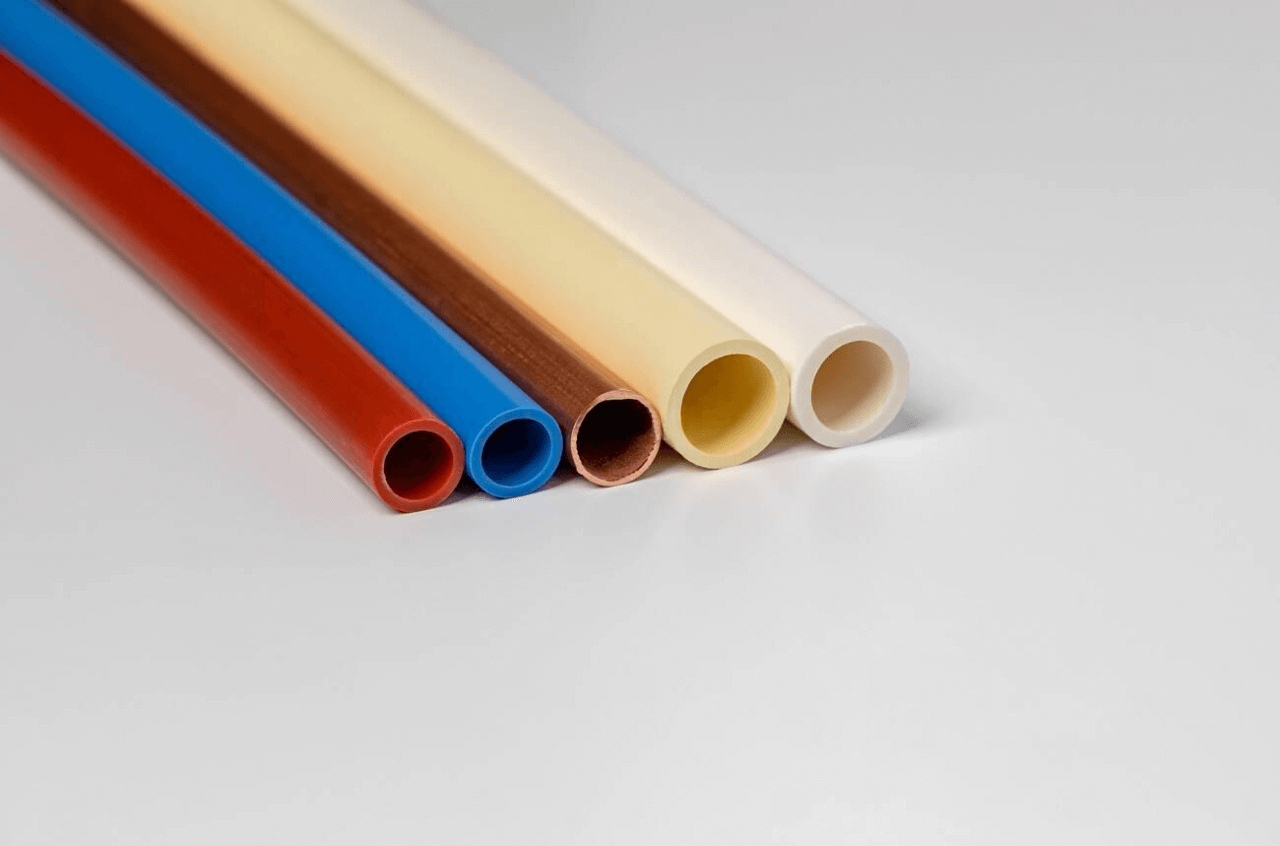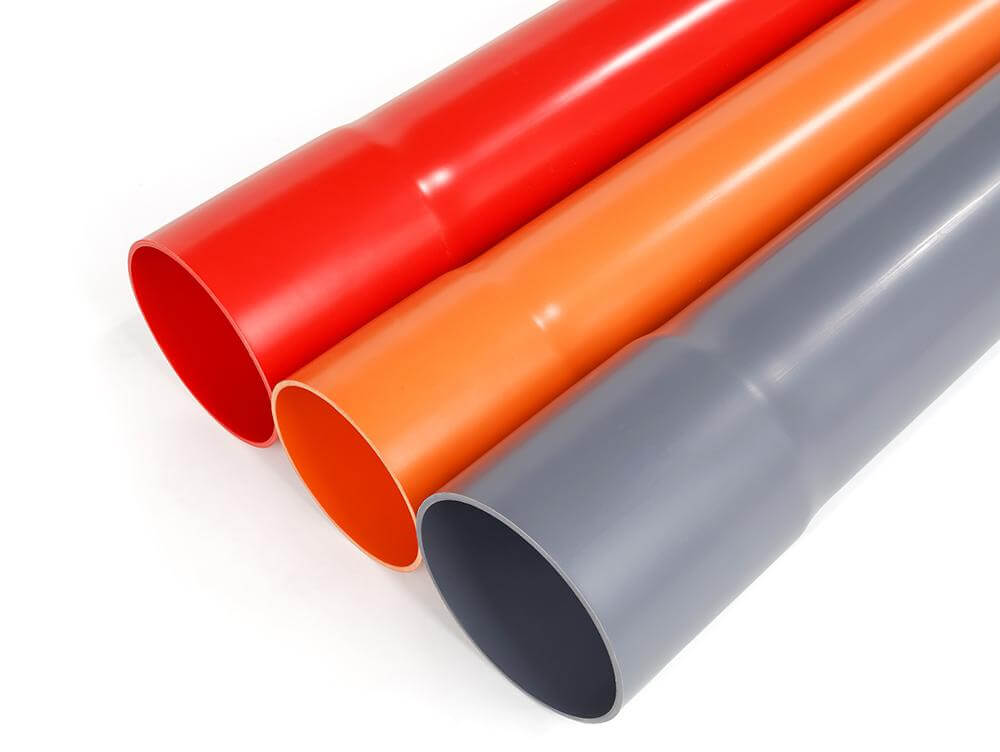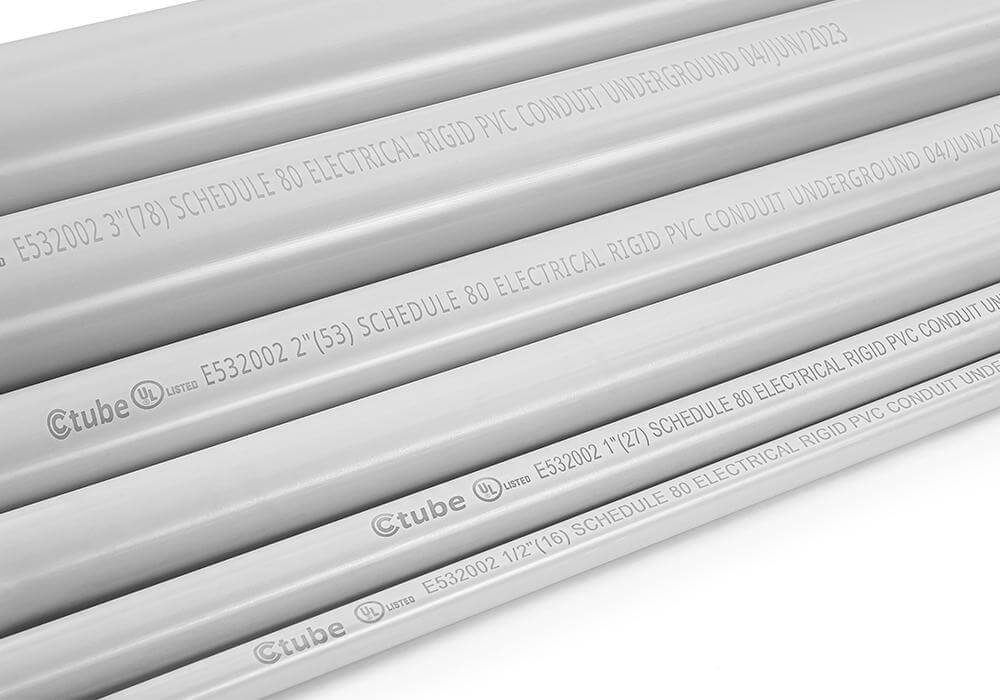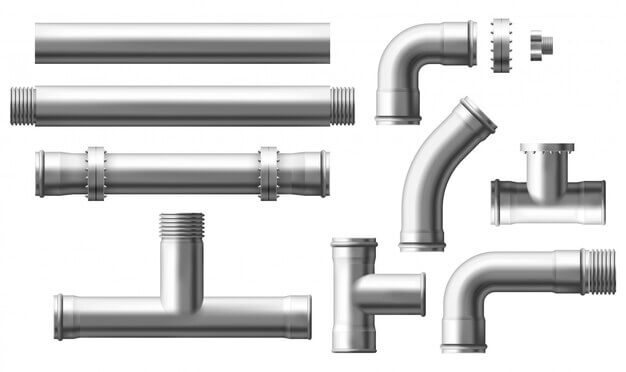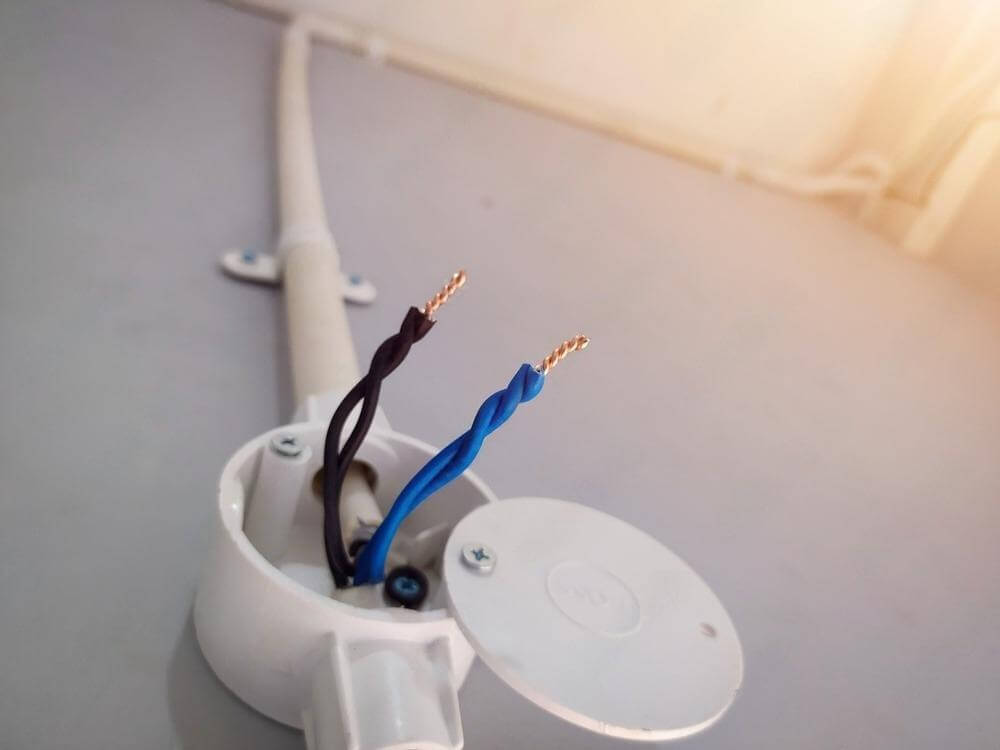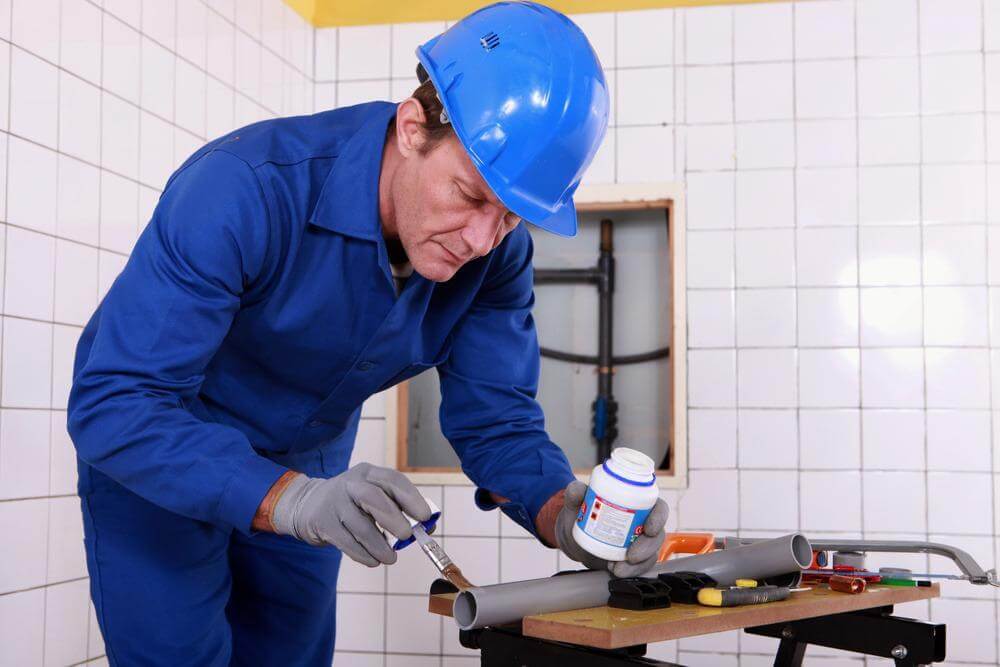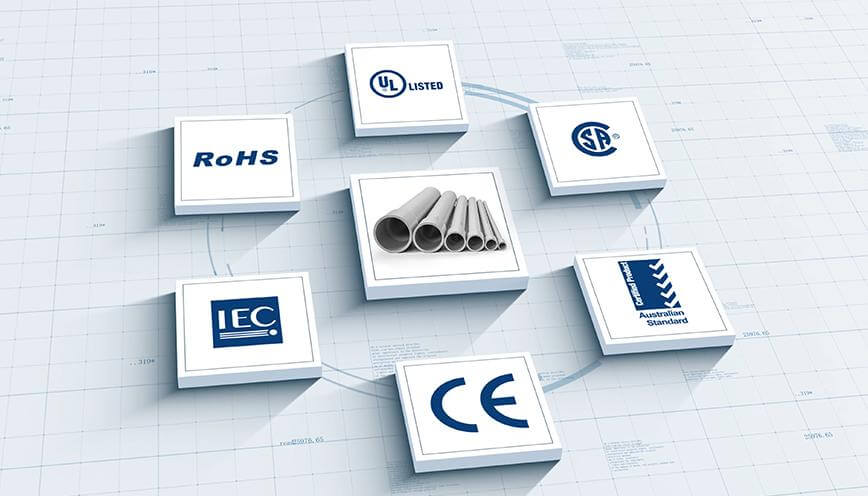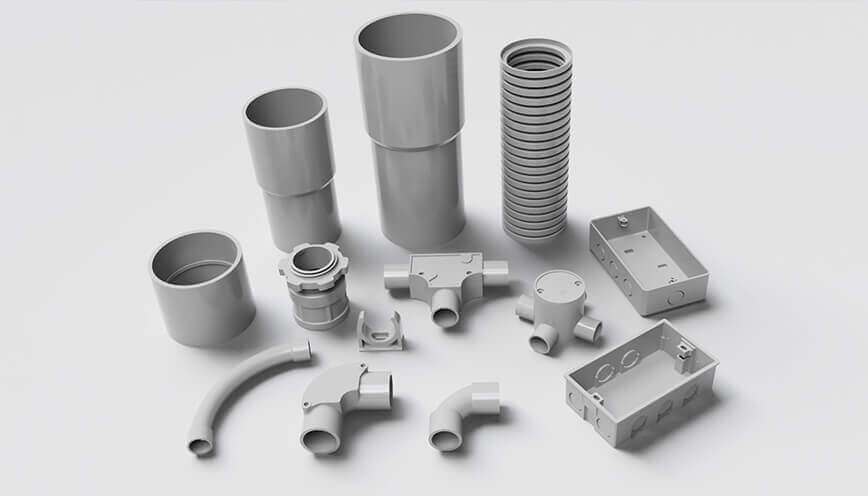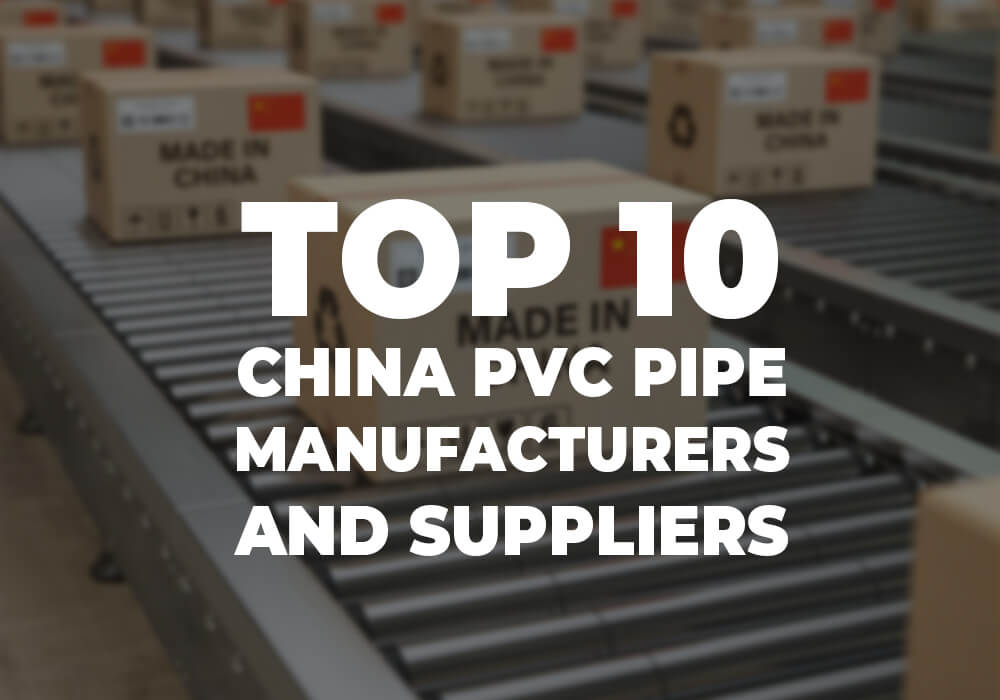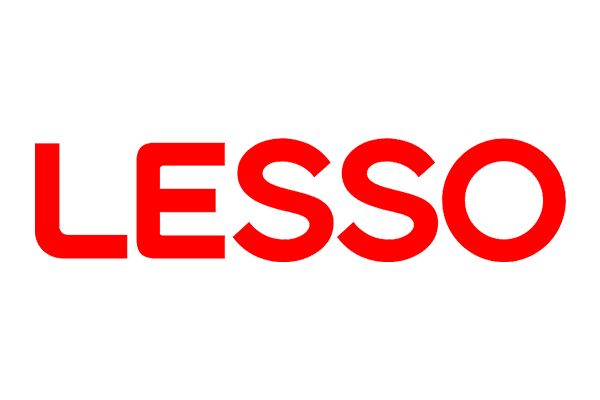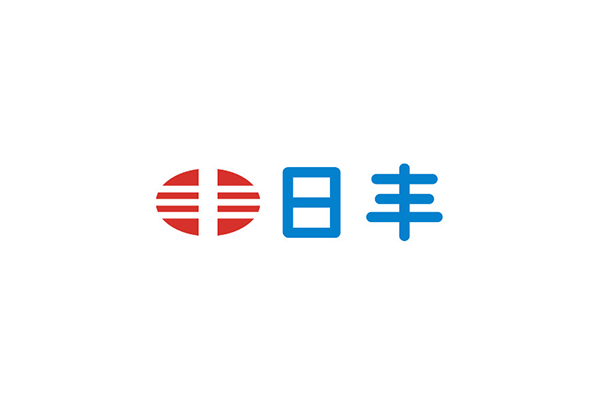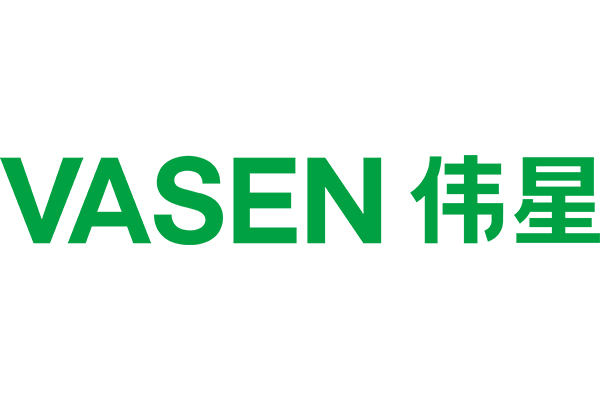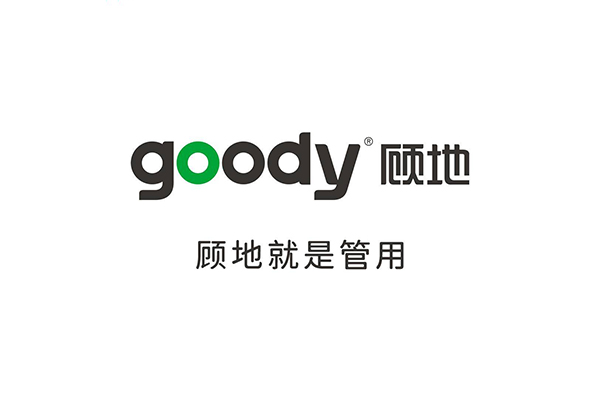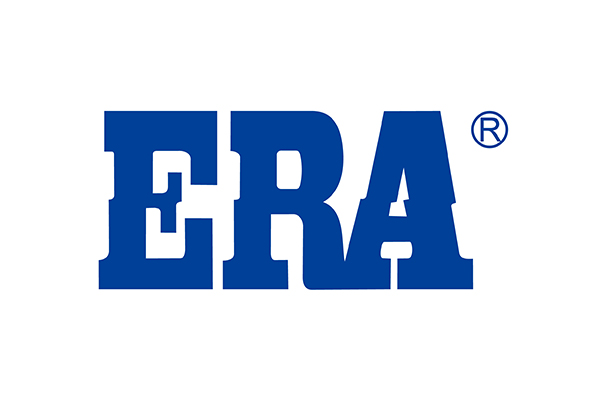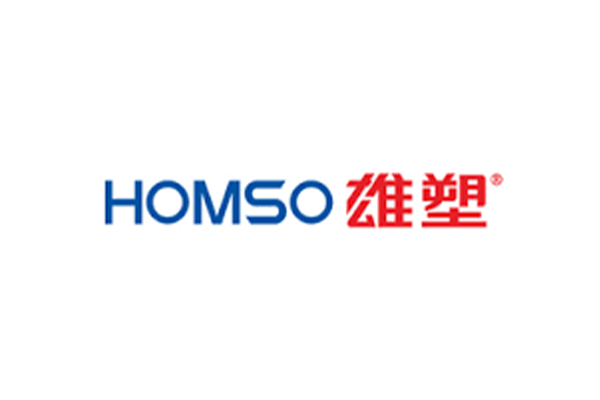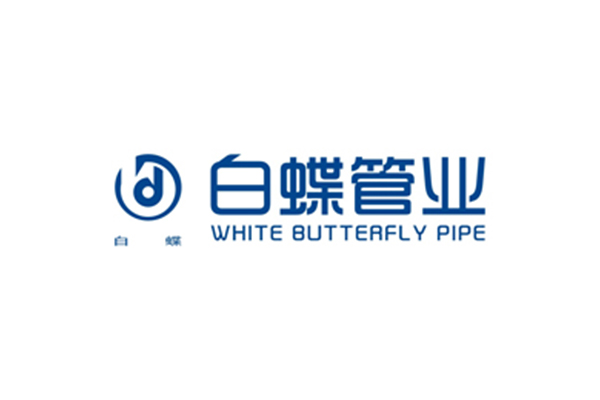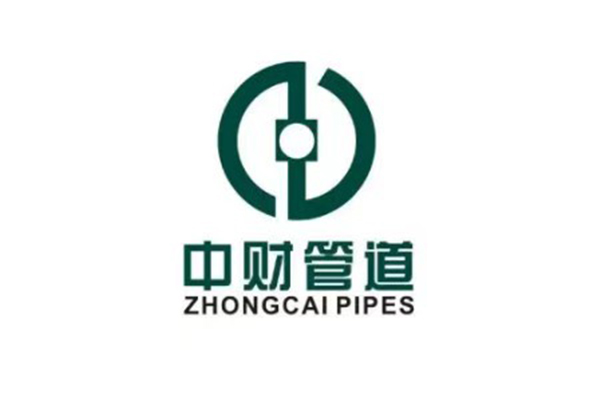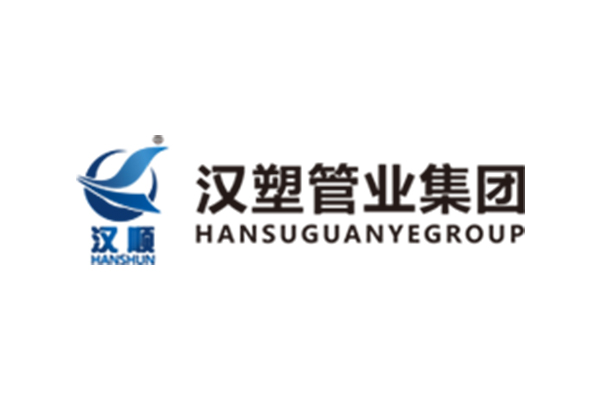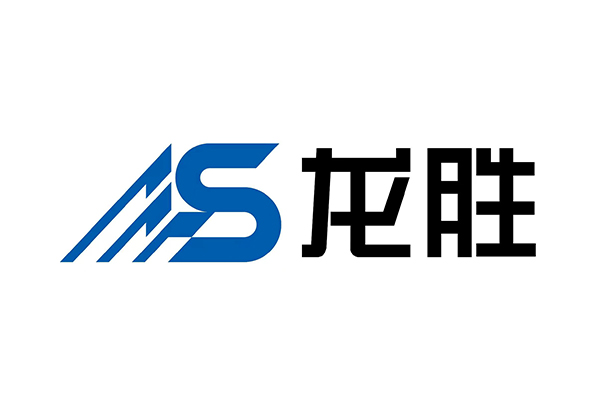Top LSZH Conduit Suppliers and Manufacturers In Chile 2025
As industries and households alike prioritize fire safety and environmental consciousness, the demand for LSZH (Low Smoke Halogen Free) conduit and accessory products has surged. These materials not only ensure minimal smoke emission during fires but also contribute to a safer working environment and reduced environmental impact. In this article, we explore some of the leading suppliers and manufacturers in Chile who are spearheading the provision of LSZH conduit solutions, setting the standard for safety and reliability in electrical infrastructure.
Dura-Line
Dura-Line is an ISO-9001 and TL 9000 manufacturer of high-density polyethylene (HDPE) conduit, Serving the telecommunications, enterprise networking, transportation, electrical, and natural gas markets. Dura-Line’s products are designed to provide for fast and safe installation of mission-critical communication networks, power cables and pressure pipe for a wide variety of markets.
Dura-Line’s LSZH conduit is certified to meet the standards of UL1685-4 and IEC 60754-1, showcasing remarkable features including minimal flame spread, low smoke emission, absence of halogen emissions, and outstanding mechanical performance even at low temperatures. These conduits are specifically engineered for environments where the presence of smoke, toxic gases, and acidic emissions can jeopardize both human health and electronic devices. Common applications include enclosed public spaces, poorly ventilated areas like tunnels and mass transit corridors, control rooms, and confined spaces where maintaining air quality is crucial.
Quality Assurance is of paramount importance at Dura-Line, where stringent measures are in place to ensure excellence in every aspect of their operations and product offerings. This commitment begins with the meticulous testing of incoming raw materials, ensuring that only materials of the highest caliber are utilized in their manufacturing processes.
Moreover, Dura-Line maintains a consistent setup and operation of processes, guaranteeing reliability and uniformity throughout production. Each product undergoes rigorous testing to ensure strict compliance with applicable standards, reflecting Dura-Line’s unwavering dedication to quality and safety. Additionally, all products undergo a thorough inspection by both production and quality personnel, further reinforcing Dura-Line’s commitment to delivering uncompromising quality and exceeding customer expectations.
Dura-Line emphasizes continuous improvement in operations and customer experience. They gather feedback on performance, issues, and improvement plans to enhance operations and product quality.
Kaiphone Technology Co., Ltd.
Kaiphone Tubing Taiwan Headquarter has maintained a strong reputation for reliability and quality since its establishment in 1993. Being certified to both European and American standards demonstrates their commitment to meeting the highest industry standards for electrical protection products. The company’s dedication to ongoing certification and compliance ensures that its products consistently meet the evolving needs and requirements of the global market.
Kaiphone Technology Co., Ltd. specializes in providing a comprehensive range of flexible hose and fitting solutions for diverse industrial and commercial needs. Their metallic flexible hose and fittings are renowned for their robustness, flexibility, and resistance to corrosion, offering reliable protection for electrical wiring and machinery in harsh environments.
Complementing these, their non-metallic counterparts cater to applications where weight, corrosion, or electrical conductivity are critical factors, making them popular in industries like telecommunications, automotive, and aerospace. Additionally, Kaiphone offers customized assembly application products, including bespoke hose assemblies and connectors, tailored to meet specific customer requirements, ensuring optimal performance and durability across various applications.
The Waterproof Flexible Metal Conduit, PEG13LSZH series offered by Kaiphone Technology Co., Ltd. comprises galvanized steel square-lock flexible conduit enveloped in a fire-retardant LSZH (Low Smoke Zero Halogen) watertight jacket. All constituent materials adhere to the RoHS standard. This conduit series boasts high mechanical strength, resistance to corrosion, and environmental friendliness, in addition to meeting the IEC EN 61386 standards.
The conduit sizes cover the typical range used in the European market. Three classification levels—Light, Medium, and Heavy—are available to accommodate varying requirements. The zero halogen and low smoke properties effectively inhibit fire spread during combustion. Low toxicity and minimal smoke emission make it suitable for use in poorly ventilated environments or confined spaces where wire or cable protection is necessary.
CAT VAN LOl Industrial Electrical Equipment Manufacturing
CAT VAN LOI Industrial Electrical Equipment Company, based in Vietnam, specializes in manufacturing a diverse range of electrical and mechanical products, including steel conduits and fittings, flexible conduits, Unistruts, and grounding rods. Their offerings also include GEM, metal powder for earthing and lightning systems, as well as hangers and support for MEP systems. With a commitment to international standard quality, the company caters to various industries, providing comprehensive solutions for electrical and mechanical projects.
The Low Smoke and Zero Halogen (LSZH) Flexible Metal Conduit from Wattmaster offers a reliable solution for electrical installations requiring heightened safety measures. Compliant with BS EN 14582/QUATEST 3 standards, this conduit is crafted from pre-galvanized steel with a Low Smoke and Zero Halogen jacket.
Designed to emit minimal smoke and no halogen gas when subjected to heat or flames, it finds extensive use in environments where the risk of smoke and toxic fumes from burning cables is a concern, such as public buildings, transportation systems, and data centers.
The LSZH jacket, resistant to high temperatures and moisture, ensures exceptional protection against abrasion, crushing, and other mechanical damage, enhancing the longevity of the conduit. During a fire event, this conduit prevents the emission of toxic gases and smoke, thereby reducing the risk of injury or harm.
Additionally, it minimizes the production of corrosive gases, safeguarding equipment and infrastructure. Available in various sizes and lengths, this conduit is designed for flexibility and ease of installation, enabling seamless deployment even in confined or challenging spaces. Its robust construction ensures reliable performance and safety across diverse environments.
At the core of CAT VAN LOI’s operations lie their values of people, creativity, trust, quality, competition, and sustainability. These principles guide their commitments, which include offering competitive prices and superior customer service, continual improvement in quality, and timely delivery of goods to meet project deadlines. Additionally, the company is dedicated to maintaining competitive advantages by enhancing value in quality and services while always prioritizing customer needs and providing suitable and affordable solutions.
Liko Trade Centre Pte Ltd.
Liko Trade Centre Pte Ltd has a rich history, established in 1984 and formally incorporated in 1991. As a reputable entity in the industry, they hold several significant certifications and registrations, including being a Building & Construction Authority (BCA) Registered Contractor under Work Head Code SY05 Electrical & Electronic Materials, Products & Components. Their Grade L4 Tendering Supply for S$ 7.5 Million underscores their capacity and capability in the market. Furthermore, they have maintained Quality Assessed Registered Company status since 2000 and achieved ISO9001:2015 QMS Certification, accredited by Guardian Independent Certification Ltd (G.I.C) in the U.K.
The LSZH pe coated galvanized flexible corrugated conduit, manufactured by CAT VAN LOI Industrial Electrical Equipment Company, offers a host of beneficial features. Constructed from galvanized steel strip with square locking, it boasts exceptional water resistance, ensuring durability in various environments. Its high flexibility makes it suitable for a wide range of applications.
Additionally, it is available in PE coated and Low Smoke Zero Halogen (LSZH) variants, with the option of black or white color upon request. This product has been rigorously tested in accordance with IEC 61034-2:2013 and IEC 60754-1 standards, ensuring quality and reliability.
When used with suitable water-tight connectors, it achieves an IP66 rating, making it suitable for sealing out abrasives, alcohol, fumes, gases, dirt, oils, and water. Its versatility makes it ideal for applications such as underground railways, tunnels, hospitals, public places, machine tools, air conditioning/ventilation systems, computer/underfloor installations, airports, public buildings, and halogen-free areas.
The company boasts an impressive array of certifications for their products, including UL, CSA, VDE, DNV, LLOYD, GL, SGS, PSB, and ROHS Approvals, alongside ISO 9001 and ISO 14001 Environment Approval. Operating from a strategically positioned office and warehouse space, they efficiently manage export sales, wholesaling, and distribution. Their showroom in an Electrical/Electronic Shopping Complex further enhances their visibility and accessibility, offering a diverse range of electrical products and wiring accessories to customers.
Wattmaster
Wattmaster has been a trusted name in the Australian electrical industry since the late 1960s, known for its quality products and extensive industry knowledge. And now it is gradually expanding the sales market for its products, and Chile is one of them. Marketing and distributing over 2000 items, including hand tools, storage systems, screwdrivers, cable glands, conduits, and fittings, Wattmaster focuses on delivering quality products at affordable prices. With a proven track record of providing excellent service to over 800 electrical wholesalers across Australia, the company has earned numerous industry awards and accolades.
Wattmaster’s LSZH conduit boasts a multitude of features catering to diverse needs. It offers reliable cable protection suitable for restricted or self-contained ventilation areas, ensuring dust and liquid-tight defense where zero halogen, low smoke conduit is mandated.
Constructed from continuously interlocked hot-dipped zinc-galvanized steel core, it exhibits exceptional crush and corrosion resistance. Its durable, sunlight-resistant, flame-retardant, Low Smoke and Zero Halogen TPU jacket withstands heat, oil, and chemical breakdown, providing robust protection for even the most extreme temperature-rated conductors. Approved for both exposed and concealed locations, as well as direct burial, this conduit achieves an IP67 rating when installed with approved connectors.
Additionally, it complies with UL 360 File No. E18917 standards, guaranteeing adherence to stringent quality and safety requirements. With a wide temperature range spanning from -40°C to +80°C, Wattmaster’s LSZH conduit delivers unparalleled performance and versatility in various applications.
Among the well-respected brands in the Wattmaster range are Marvel, Rola-case, Witte, ALCO, and Anaconda, offering a comprehensive selection of products tailored for electricians and tradespeople. The company’s stringent quality control criteria ensure that all products meet or exceed industry standards, providing customers with confidence in their purchases.
4site Technologies
At 4site Technologies, a variety of LSZH conduit brands are available, each serving specific needs:
Firesafe Fire Systems: This brand prioritizes safety, ensuring minimal release of harmful smoke and gases during fires, thus aiding clear visibility and safe evacuation routes. Firesafe Fire Systems’ conduits come in rigid and corrugated options, accompanied by low smoke zero halogen accessories.
Supaflex: Offering super flexibility, Supaflex conduits are designed to maintain maximum strength, providing reliable protection for wires and cables in complex installations. They come in various sizes and lengths to accommodate diverse installation requirements.
AUSCON: AUSCON provides heavy-duty screwed steel conduit systems suitable for outdoor environments requiring high corrosion and impact protection. Available in stainless steel and hot-dipped galvanized steel options, these conduits are recommended for areas with high traffic, humidity, and chemical exposure.
OX: OX brand conduits boast extreme UV stabilization, making them resilient to Australian conditions. These corrugated conduits, manufactured from un-plasticized PVC, offer exceptional mechanical strength and resistance to impact, compression, weather, and chemicals. They are available in a wide range of sizes and lengths to meet various cable management needs.
Zero ABS Conduits: Known for their chemical resistance and strength, Zero ABS Conduits are shatterproof and can withstand a broad range of temperatures, from below zero to extreme heat. Lead and halogen-free, they do not release toxic or corrosive gases during fires, making them suitable for refrigeration and cold room environments. Additionally, they are lightweight, easy to use, and durable.
Maser Communications NZ Limited
Maser NZ stands at the forefront of cable distribution in the Oceania region, specializing in a wide array of cables and equipment, including data, fibre optic, industrial, broadcast, and electrical/electronic products. Additionally, Maser offers comprehensive telecommunications solutions, ranging from RF Access and Management to Cyber Security and Bandwidth Optimization. Since its establishment in 1983, Maser has evolved into a multinational corporation with offices in Australia, New Zealand, and the United Kingdom, catering to diverse market needs.
The company’s LSZH conduit and fittings offer a diverse array of types and specifications tailored to various requirements. Featuring LSZH-FR (Low Smoke Zero Halogen Flame Retardant) properties, these products ensure enhanced safety in critical applications.
Additionally, they provide UV protection across all available colors including Light Grey, Black, White, Orange, and FRAS (Fire Retardant Anti-Static). Operating within a temperature range of -40°C to +140°C, they offer versatility in extreme conditions.
Notably, these products are Living Building Challenge (LBC) approved, meeting stringent environmental standards. Suitable for a wide range of applications, including Green Star Buildings, hospitals, schools, hotels, museums, cool stores, technical installations, lifts, emergency plants, marine, aircraft, trains, automotive industries, high-rise buildings, high-density buildings, and transport tunnels, these LSZH conduit and fittings excel in diverse settings where safety and reliability are paramount.
Backed by a dedicated team of sales, service, and operational professionals, Maser prioritizes customer satisfaction by delivering market-leading products and services that surpass expectations. Leveraging extensive market and product expertise, Maser ensures quality, reliability, diversity, specialized services, and advanced technologies, offering tailored solutions to even the most challenging requirements. Guided by core values of Knowledge, Trust, Quality, and Reliability, Maser upholds a commitment to excellence in every aspect of its operations.
Ctube
Ctube, a leading PVC conduit manufacturer based in China, specializes in developing and producing innovative products for cable management and protection. Renowned for its unwavering dedication to quality, innovation, customer-centricity, and sustainable practices.
Committed to sustainability, Ctube recognizes the importance of environmental responsibility in its operations. The company strives to minimize the environmental impact of its products by offering LSZH conduits and accessories that are free from harmful halogens, ensuring safety for both humans and the environment.
Ctube’s halogen-free conduit and fittings stand out for their rigorous adherence to a multitude of industry standards and certifications. These include ASTM E662 for smoke density, EC60754-2 for acidity and conductivity determination, IEC61386-1 for general requirements in conduit systems for cable management, IEC61386-21 for rigid conduit systems, ISO4589-1 & ISO4589-2 for oxygen index, ISO4892-3 & ISO105-A02 for light aging test via UV exposure, ISO19700 for toxicity index, and UL94 for vertical burning test, achieving a V-0 rating.
Moreover, our products undergo high and low-temperature tests spanning from -45°C to +150°C to ensure performance in extreme conditions. This comprehensive compliance assures customers of the reliability, safety, and durability of our LSZH conduit and fittings across a diverse range of applications.
Ctube’s persistent efforts to advance environmentally sustainable products not only contribute to a greener future but also empower customers to make environmentally conscious choices without compromising on quality or performance. Ctube’s unwavering commitment to quality, innovation, customer-centricity, and sustainable practices. Choose Ctube for your next project and experience the difference firsthand.
Top LSZH Conduit Suppliers and Manufacturers In Chile 2025 Read More »

